The Connecticut Science Center is currently CLOSED to the public due to public health concerns about COVID-19. For more information about COVID-19 and FAQs, please follow this link. Learn More
- Hartford, Connecticut
- Buy Tickets
- Search for: Search Button

Virtual Field Trip: Dinosaurs
- June 19, 2020
I’ve never really understood why the word ‘dinosaur’ is used to describe something unintelligent, slow, or out-of-date. Dinosaurs hosted an incredible range of adaptations including tremendous size, huge teeth and claws, defensive plates and spines, incredible speed and teamwork, and innovative ways of flying, swimming, or moving. Their almost 165 million year domination of our Earth only ended because of a meteor.
Studying dinosaurs is important for so many reasons. Our mammalian ancestors lived on this planet surrounded by dinosaurs, which influenced their evolution, and ultimately, our own. The study of dinosaurs helps us understand our own history. Studying extinct species, like dinosaurs, also helps us to understand the processes of evolution and extinction – processes that are still going on to this day. They are like evolutionary experiments that we can study to help us understand how our world works today and could work in the future.
Dinosaurs help us understand climate change. Studying fossils has helped scientists understand what a natural change in the climate is, which shows us how much humans are affecting the climate today. Finally, like 9 year old Aoife could tell you, studying dinosaurs is important because they’re just plain cool.
Ready to take your imagination for a ride? Check out these museum walk-throughs to get up close and personal with incredible creatures from the comfort of your couch.
Smithsonian National Museum of History
Click here to take a walk-through of the entire museum! The Smithsonian allows you to explore either in a web browser or in VR. Make sure to check out the 31,000 square foot David H. Koch Hall of Fossils to explore ancient ecosystems and visit over 700 fossil specimens including a Tyrannosaurus rex , Diplodocus, and woolly mammoth.
I spent a lot of time zooming in to read all the signage in this exhibit and was especially impressed with the size of the teeth on the saber-toothed cat! You can check out their other exhibits on the deep ocean, mammals, human origins, insects, and so on, once you’re done exploring the dinosaur fossils.
Melbourne Museum
Take a quick trip to Australia’s Melbourne Museum to visit their 17 prehistoric fossils including a Mamenchisaurus as long as a house! You can check out fossilized skeletons of one of the largest marsupials and one of the largest lizards to ever roam the Earth. In addition to fossils, this museum has reconstructions of dinosaurs to help us understand how these creatures lived, fought, reproduced, and died.
Scroll down the link a little further and you will find information on the 17 skeletons in their collection. This information includes videos of staff explaining things like the link between birds and dinosaurs, how paleontologists read fossils, and what we can learn from fossilized eggs. Side note: definitely check out the information on the Genyornis. It’s a giant, ancient bird (bigger than an ostrich) that looks a lot like a goose with really muscular legs.
American Natural History Museum
After you’ve virtually stood in awe of these past creatures, if you are still hungry for dinosaur content, check out the American Natural History Museum . Here you can find lots of games including ones where you can reconstruct and identify fossils, create dinosaur roars, or quiz yourself on your knowledge of the Tyrannosaurus rex . There are also fun stories, videos of paleontologists explaining their work, and hands-on activities to try at home.
Now take everything you’ve explored and learned, and get out there and try to find some fossils! This handy guide will help you get started. Happy hunting!
Stay connected! Be sure to subscribe to Down to a Science— The Official Blog of the Connecticut Science Center and follow us on social media.

Aoife Ryle is a STEM Educator at the Connecticut Science Center. In addition to working with school groups, she works with our Teen Program, Overnights department, and shoots weekly science segments for WFSB. She has a degree in Bioengineering from the University of Maine and has a personal interest in the life sciences and engineering which makes bioengineering a perfect crossover.
PLEASE SHARE THIS
You might also like.

Celebrating Black History Month Featuring Dr. Kizzmekia Corbett

Dear Science Podcast: How big is the moon?

Science Sunday: Eastern Box Turtles
LICENSE PLATE PINS
PLEASE ALLOW UP TO 2 DAYS TO RECEIVE A PIN# AFTER YOUR DONATION. THANK YOU!
CAMP SPOTS ARE STILL AVAILABLE FOR AGES 8-13
Spots open in June & July: Details here !
ROCK OUT FOR THE RIDGE GALA - INTERESTED?

Virtual Education
Dinosaur freeways virtual program.
Take a virtual field trip to Dinosaur Ridge to learn about the lives and deaths of dinosaurs and the evidence they left behind! Study the fossils and rock layers to observe patterns, imagine and wonder about prehistoric animals, and learn how the climate and environment has changed. This program includes videos of our fossil sites, a Google Slideshow (or PowerPoint) and downloadable student activity templates.
Program Length & Schedule
You’ll receive 14-day access to this earth science curriculum allowing flexibility to deliver during your classroom’s schedule. Virtual program components are best delivered in short 15-30 min. lessons (see full details below). Google Slideshow can be customized to your lesson plan. Accompanying downloadable student activities can be assigned as independent projects, homework, or group work.
- $100 per classroom up to 35 students
- discounts available for multiple classrooms
- scholarships available
Virtual Tour Registration
Complete the virtual program request form.
(14-day access to the following)
- Educator’s guide that addresses grade-level geology and paleontology standards through an exploration of points of interest along Dinosaur Ridge. The Educator Guide includes up to 9 lessons per grade (one for each stop featured), complete with images, questions and answers, and student activity options. (Lesson count varies by grade level.)
- 5-9 video links (5-10 min each, on Vimeo), featuring key geological and paleontological sites at Dinosaur Ridge. Show them live in your classroom, stream them during a remote virtual session, or assign them to students for independent viewing.
- Google slides for an educator to present in a live or virtual classroom. Best used after watching one or more video segments to reinforce learning and facilitate discussion. Can be customized to your lesson plan.
- Downloadable activity sheets include fill-in-the blank word games, word searches or hands-on activity directions for the two grade levels closest your student learning level.
Samples of the curriculum components are listed below:
2nd-3rd Grade Samples
- Educator’s guide Sample
- Supporting slides sample
- Video sample
- Student activity sample
4th-5th Grade Samples
6th-8th grade samples, 9th-12th grade samples.
- Supporting slides sample
Scholarships
Dinosaur Ridge offers full and partial scholarships for qualifying schools. These scholarships are available through the Field Experience Fund for Title I schools with 50% or more on the Free-and-Reduced-Lunch Program. Learn more about Dinosaur Ridge School Program Scholarships.
We also work with the Jefferson County Outdoors Foundation, which provides transportation reimbursement for qualifying schools.
National Museum of Natural History Virtual Tours
Access the tours.
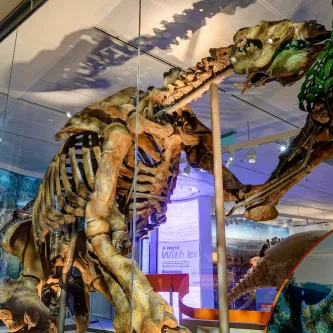
The Smithsonian National Museum of Natural History virtual tours allow visitors to take self-guided, room-by-room tours of select exhibits and areas within the museum from their desktop or mobile device. Visitors can also access select collections and research areas at our satellite support and research stations as well as past exhibits no longer on display.
Virtual Tour Tips
- To navigate between adjoining rooms in the tours, click on the blue arrow links on the floor or use the navigation map in the upper right of the presentation screen.
- Look for the camera icon which gives you a close-up view of a particular object or exhibit panel.
- Try zooming in as some of the images are stitched together from individual pictures in order to create very high resolution gigapixel images.
Please note: This tour and these presentations have been tested and should work on all common devices, browsers, and operating systems (using a desktop computer with Windows, Mac, Linux or a mobile device such as an iPhone, iPad, or Android). Functionality and appearance may vary as it will adjust automatically to accommodate the most visitors. While the virtual tour has no advertising, ad blocking software or browser settings that block JavaScript and/or XML may interfere with the functionality of the virtual tour. Please let us know what you think of the tour and how the experience can be improved. Send your feedback to the NMNH Web Team .
Site Credit: Imagery and coding by Loren Ybarrondo
Equipment Used: Professional Nikon digital single-lens reflex (DSLR) camera bodies and lenses. The photography is typically done using rectilinear lenses with minimized distortion and shooting equirectangular panoramas at 22K pixels on the long side.
Software Used: No authoring software is used. The tours are hand-coded in HTML5 and JavaScript using the krpano graphics library.
- Smithsonian Institution
- Terms of Use
- Privacy Policy
- Host an Event
- Skip to primary navigation
- Skip to main content
- Skip to primary sidebar
Carnegie Museum of Natural History
One of the Four Carnegie Museums of Pittsburgh
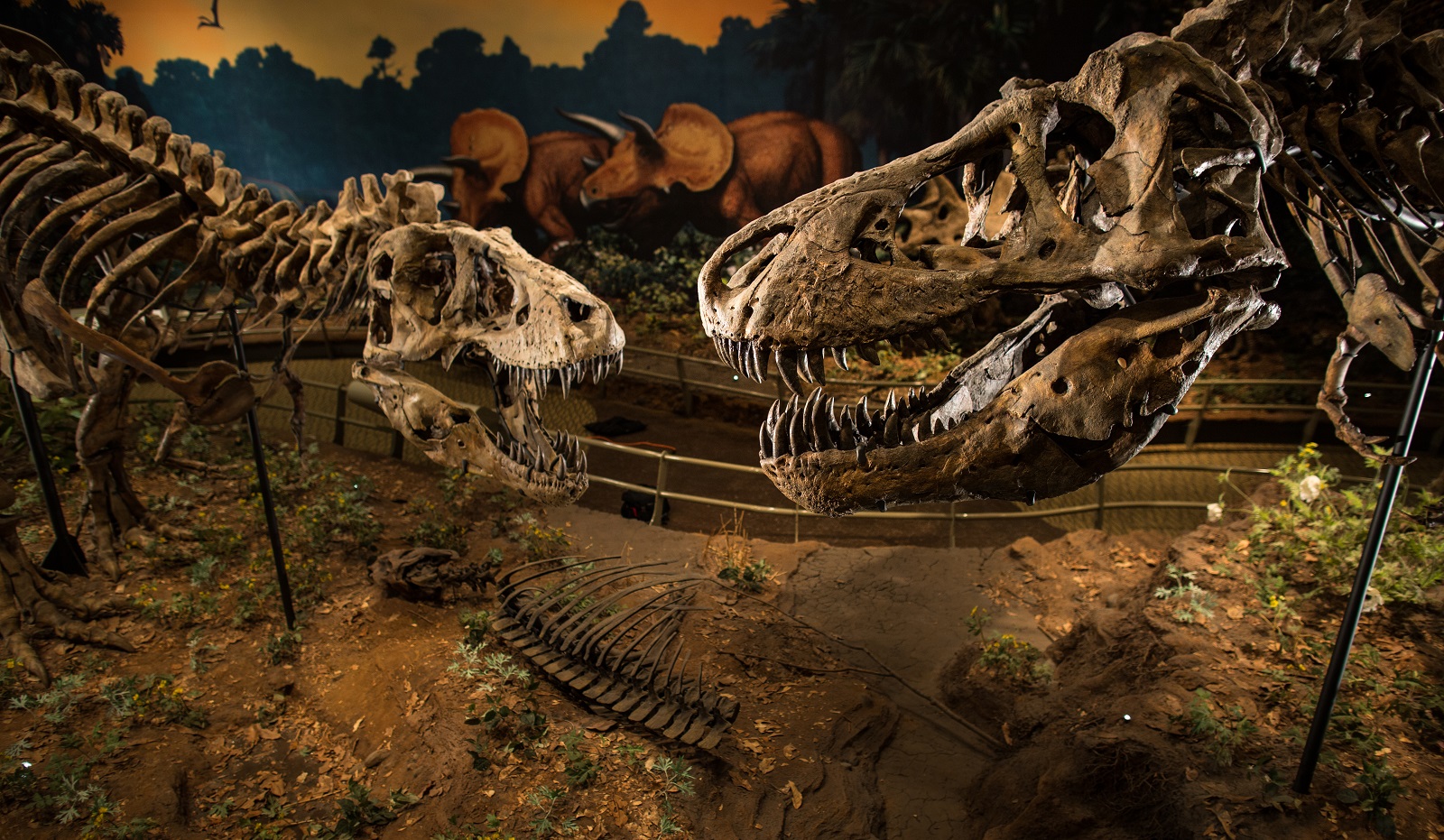
Take your group on a virtual adventure with Carnegie Museum of Natural History! Virtual Field Trips & Activities are offered in a variety of themes and two delivery styles and can be adapted for different age ranges and neurodiverse learners.
Before You Book Your Virtual Field Trip – Gather Information
- Virtual Programs must be booked four weeks in advance. This allows us to coordinate with you regarding the unique digital needs of your group.
- Have a preferred date for your program and back up date.
- Have the number of children and adults attending your program.
Pricing is $9 per student/learner.
(10 participant minimum)
To request special disability accommodations for virtual programs, please contact groupvi [email protected] There is also a space to request accommodations in the booking form.
We have scholarship opportunities for schools and organizations that qualify. Apply for a scholarship for a group visit or field trip.
Pick Your Program Theme & Format
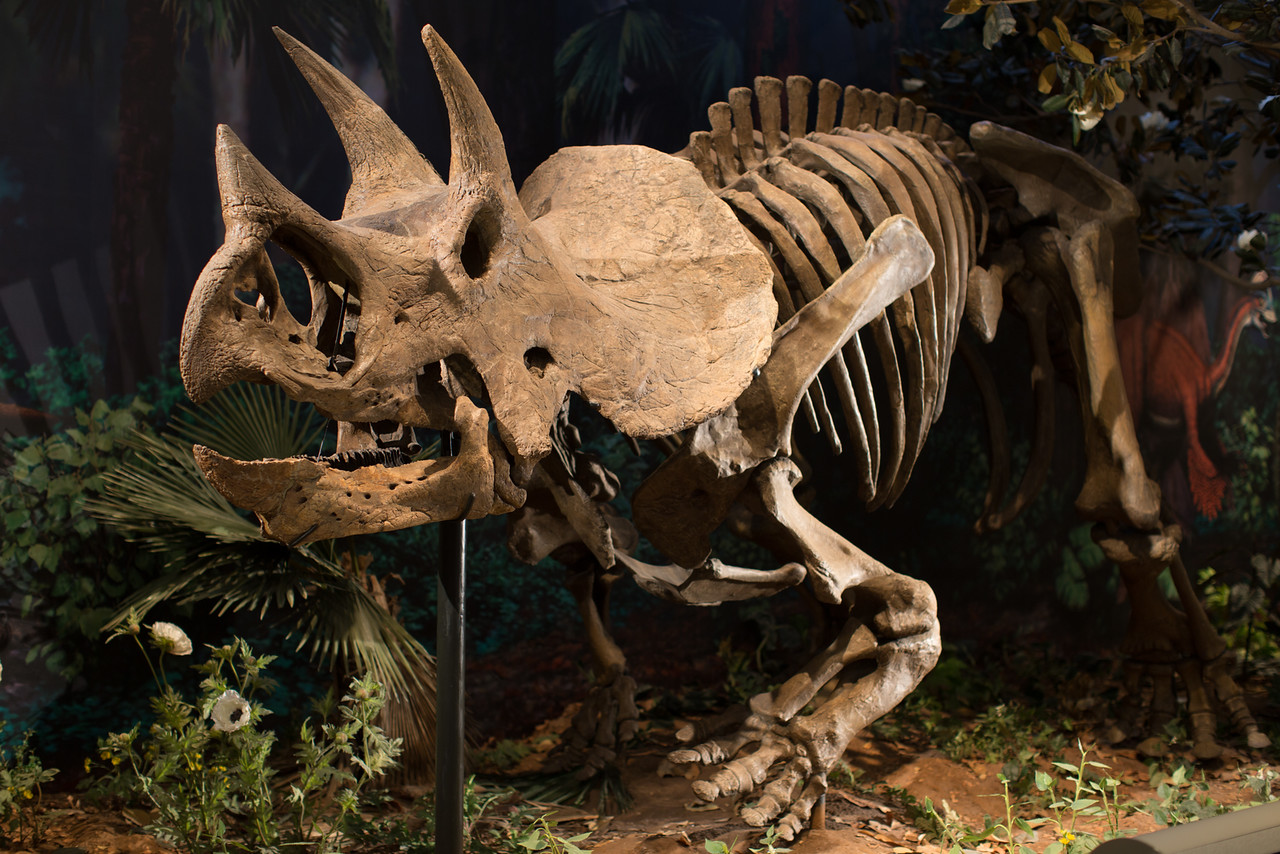
Dinosaur s i n their Time Virtual Tour Explore classic favorites, as well as some surprises, from Dinosaurs in Their Time —Carnegie Museum of Natural History’s core exhibition featuring real dinosaur fossils. Museum experts guide you through an interactive experience broadcast live with amazing views of the fossils and environments on display. Dinosaurs Interactive Lesson and Hands-on Activity Travel back in time to a world ruled by massive plant eaters and vicious carnivores. Discover fossils, learn about what a paleoartist does, and try your hand at this Cretaceous career!
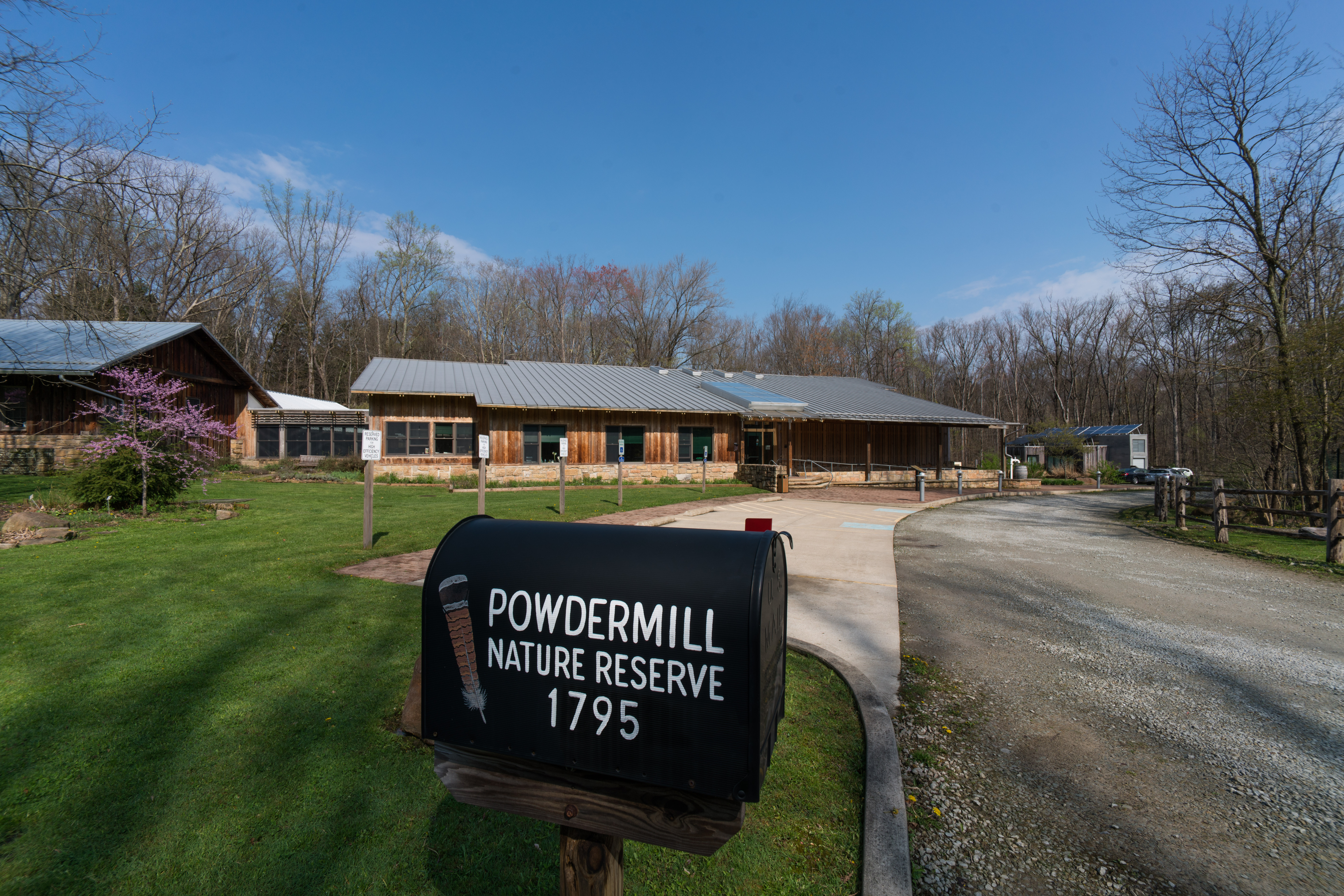
- Powdermill Nature Reserve
Explore the wonders of nature and field research through virtual media! Our expert naturalists will guide you through favorite features of Powdermill Nature Reserve such as Powdermill Run, Black Birch Trail, and indoor nature exhibits as we explore plant and animal adaptations to different habitats. Plus learn how scientists safely study birds at Powdermill Avian Research Center, examine the entomology collection, and more!
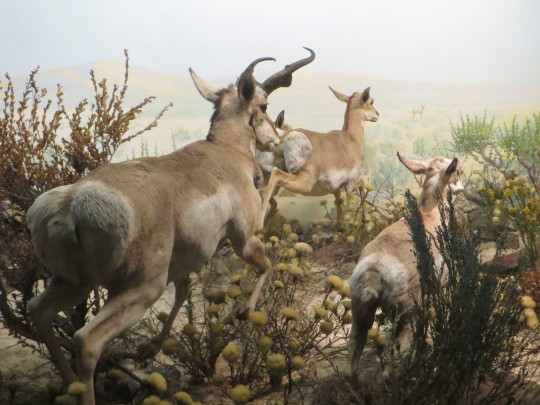
Animals & Their Ecosystems
Wildlife Halls Tour Take a virtual tour of the wildlife hall at Carnegie Museum of Natural History and investigate unique adaptations of animals and their environments through drawings and observations. Animals Interactive Lesson and Hands-on Activity Meet some of the live animals in the museum collection we call animal ambassadors! Learn about their habitats, adaptations, and what we as people can do to protect their wild relatives.
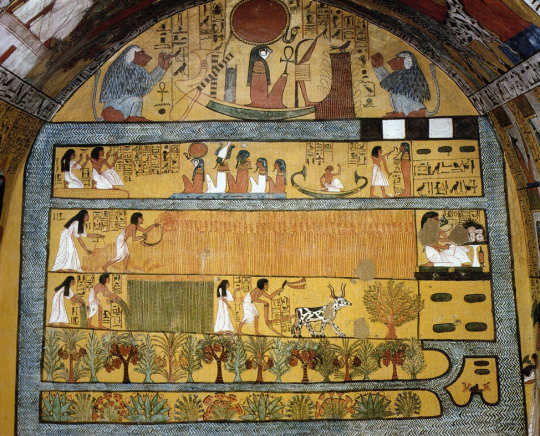
Walton Hall of Ancient Egypt Tour Take a virtual tour to explore the connections between nature and human culture in Ancient Egypt. Egypt Interactive Lesson and Hands-on Activity Write your name in hieroglyphics, analyze awesome artifacts, and create your very own food mummy with the museum educators.
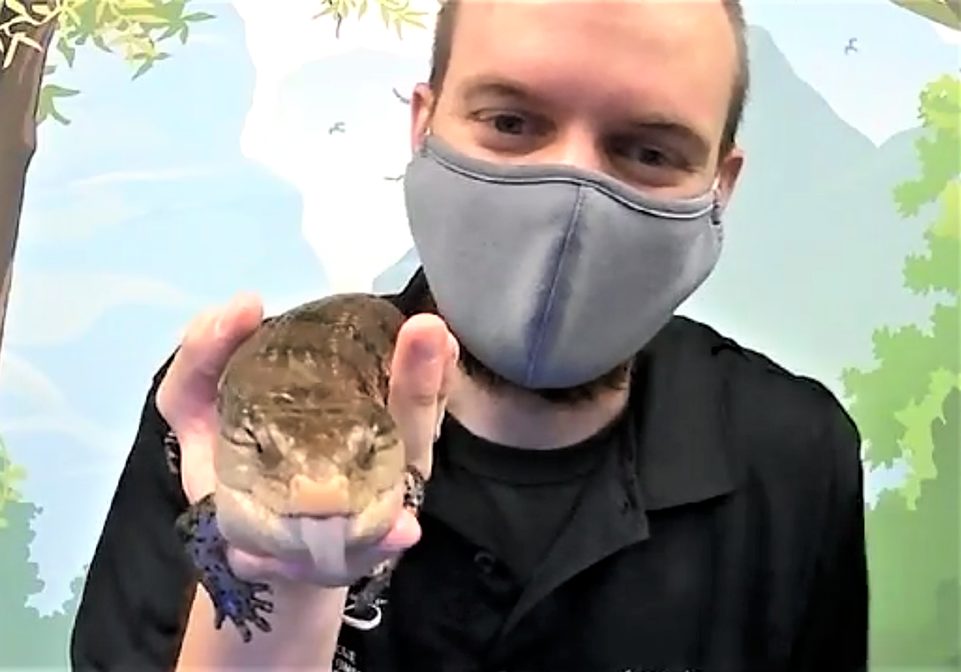
Spend time with the live reptiles at the museum and learn about their adaptations. Identify differences between reptiles and amphibians, and see if you can design some cool new habitats for our scaly friends to explore!
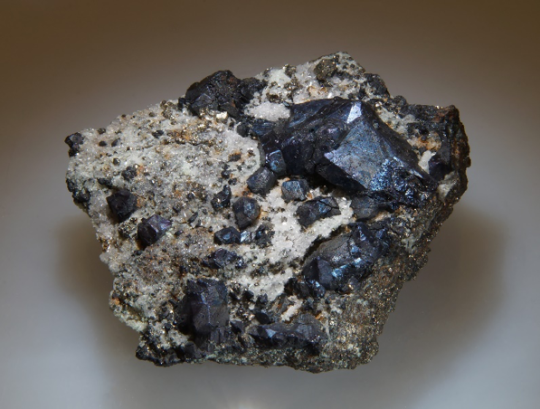
Rocks & Geology
Discover the hidden wonders of rocks and minerals! Learn why some rocks glow and others float, and use clay to demonstrate the transformation of some rocks under heat and pressure.

Plants & Botany
Get cool, green, and shady with museum educators as you learn about the ways plants are important for humans and wildlife across the world. Design your own plant specimen while learning about the function of different plant parts.

Get up-close with Madagascar Hissing Cockroaches and discover what makes insects special. Learn about the important roles insects play in the environment, and experience pollination first-hand with your own hand-made butterfly or bumblebee.
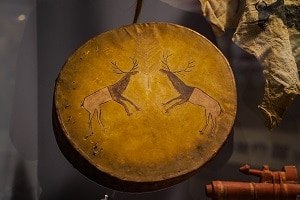
Three Sisters: Haudenosaunee Science & Culture
Explore contemporary cultures of the Haudenosaunee people (also called Iroquois) and their relationships with the natural world. Examine tools and hand-crafted objects to learn about unifying themes and unique beliefs across the Seneca, Cayuga, Onondaga, Oneida, Mohawk, and Tuscarora nations.
.ugb-3d007ca .ugb-blockquote__quote{width:70px !important;height:70px !important} The virtual field trip today was AWESOME! The kids enjoyed it, were engaged, and had fun. I know they knew a lot, but they also LEARNED a lot-the content was thorough and well presented and I loved that it looked like we were right there in the museum with you next to the exhibits. It was one of the best virtual programs I have seen so far. Jane Camp, Supervisor of Student Events, PA Cyber
Book Your Virtual Field Trip & Activity
Book online.
Book your field trip online and our Visitor Services team will get back to you via email to confirm details about your upcoming visit. If you have any questions, please email [email protected] for more information.
- Mission & Commitments
- Directors Team
- Museum History
Get Involved
- Carnegie Discoverers
Bring a Group
- Groups of 10 or More
- Birthday Parties at the Museum
- Field Trips
- Powdermill Field Trips
- Powdermill Staff
- Research at Powdermill
More Information
- Image Permission Requests
- Accessibility
- Shopping Cart
- Visitor Policies


Virtual Field Trips
Engage in narrated walk-throughs of our most popular exhibitions, featuring content that aligns with standards and explores the wonders of our natural world. These can be viewed as a whole or in topical segments
Now Offering:
Welcome to Fossil Mysteries
From dinosaurs to mastodons to ancient sea cows, discover the rich fossil history of our region. Traveling through a 75-million-year timeline—from the age of dinosaurs to the Ice Age—experience an unfolding of the prehistory of Southern California and the Baja California, Peninsula in Mexico. Recommended for grades 2+.
- Welcome to Fossil Mysteries (complete playlist)
- Cretaceous Period (5:04)
- Eocene Epoch (5:24)
- Pliocene Epoch (5:24)
- Pleistocene Epoch (6:28)
For supplementary materials, you can find lesson plans for Fossil Mysteries and other exhibitions here .
Welcome to Coast to Cactus
Not only is Southern California one of the nicest places to live, it's also one of the most interesting places in the world for its amazing diversity of plant and animal life. This series can be watched in its entirety or can be viewed in shorter, topical segments. Let’s explore. Recommended for grades 2+.
- Welcome to Coast to Cactus (complete playlist)
- Coast (12:49 minutes)
- Chaparral (12:52 minutes)
- Mountains (8:13 minutes)
- Desert (7:09 minutes)
Please enjoy these activities to complement your virtual field trip to Coast to Cactus on Southern California.
- Create a Nature Journal (PDF)
- Coast to Cactus Crossword Puzzles and Answer Keys (PDFs) Coast | Chapparal | Mountain | Desert
- Coast to Cactus Word Search Puzzles and Answer Keys (PDFs) Coast | Chapparal | Mountain | Desert
- Coast to Cactus Glossaries (PDFs) Coast | Chapparal | Mountain | Desert
Let us bring you eye to eye with animals that are common to our region, but sometimes rarely seen because of their seasonality, reclusive nature, or nocturnal lifestyle habits. Learn about unique adaptations that help animals survive. Recommended for grades 2+.

- Skip to global NPS navigation
- Skip to this park navigation
- Skip to the main content
- Skip to this park information section
- Skip to the footer section

Exiting nps.gov
Alerts in effect.
Last updated: March 23, 2021
Park footer
Contact info, mailing address:.
4545 Hwy 40 Dinosaur, CO 81610
435 781-7700
Stay Connected

- Outreach Performances & Programs
- Fundraising
- Field trip lesson plans
- Field Trips Grants
- Service Learning
- Hot Springs
- Little Rock
- Los Angeles
- San Francisco
- Statewide / Region
- Daytona Beach
- Fort Lauderdale
- Gainesville
- Jacksonville
- Orlando-Metro
- Palm Beach Metro
- Space Coast
- Tallahassee
- St. Augustine
- St Petersburg-Clearwater
- Atlanta-Metro
- Chicago-Metro
- Springfield
- Central Region
- East Region
- Indianapolis
- North Region
- South Central Region
- South Region
- West Region
- Bowling Green
- Baton Rouge
- New Orleans
- Baltimore-Metro
- The Berkshires
- Boston-Metro
- Cape Cod/Plymouth
- Greater Lowell
- Greater Springfield
- Capital-River Region
- Delta Region
- Gulf Coast Region
- Hills Region
- Pines Region
- Jefferson City
- Kansas City
- Springfield-MO
- Delaware River Region
- Gateway Region NJ
- Greater Atlantic City
- Shore Region
- Skylands Region
- Southern Shore Region
- Capital District Region
- Central New York Region
- Finger Lakes Region
- Hudson Valley Region
- Long Island
- Mohawk Valley Region
- New York City
- North Country Region
- Southern Tier Region
- Western New York Region
- Canton Ohio
- Cincinnati Ohio
- Cleveland Ohio
- Columbus Ohio
- Oklahoma City
- Allegheny Mts. & Valleys
- Gettysburg/York
- Harrisburg-Metro
- Lakes & Erie Regions
- Lancaster-Metro
- Lehigh Valley
- Philadelphia Metro
- Pittsburgh & Laurel Highlands
- The Poconos
- Scranton/Wilkes-Barre
- Chattanooga
- East Tennessee
- Middle Tennessee
- The Smokies
- West Tennessee
- Bryan - College Station
- Corpus Christi
- Dallas/Fort Worth
- Panhandle Plains Region
- San Antonio
- Central Virginia
- Chesapeake Bay Region
- Coastal Virginia -Eastern Shore
- Coastal Virginia-Hampton Roads
- Northern Virginia
- Shenandoah Valley
- Southern Virginia
- Southwest Virginia-Blue Ridge Highlands
- Southwest Virginia-Heart of the Appalachia
- Virginia Mountains
- Martinsburg
- Madison Wisconsin
DINOSAURS ROCK® & Other Science Fun
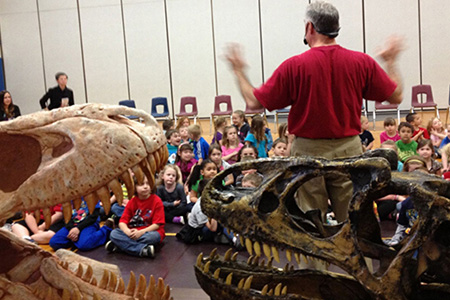
We Bring The Museum To You! Giant Exhibits! We’ll transform your space into a science museum with our highly interactive in-school field trips. 5 themes: Dinosaur & Fossil, Sharks & Oceans, Insects, Rocks & Minerals, or Rocketry with downloadable study guides. Highly interactive - audience volunteers. Hands-On! Students get REAL fossils, minerals or seashells from digs and excavations, or gemstone mining with a rushing water sluice. Seen by millions at schools and venues like The Bronx Zoo. Highly interactive. Rave reviews, "Better than going to the museum," PTA mom.
Check out DinosaursRockSuperstore.com for classroom activity supplies.
supports classroom learning in: Environmental Studies, Science, STEM or STEAM
topics covered: Dinosaurs, Earth Science, Dinosaur Fossils, Geology, Insects, Marine Biology, Oceans, Paleontology, Physics, Rocketry, Rocks & Minerals, Sharks, Sea-Life, Space Exploration
contact info Name: Leslie Freund Phone: 917-375-4248 Email: [email protected]
- Video on show
- Info on Dinosaurs Rock program
- Info on Gems Rock program
- Info on Oceans Rock program
- Info on Insects Rock program Rock Outreach
- Info on educational products
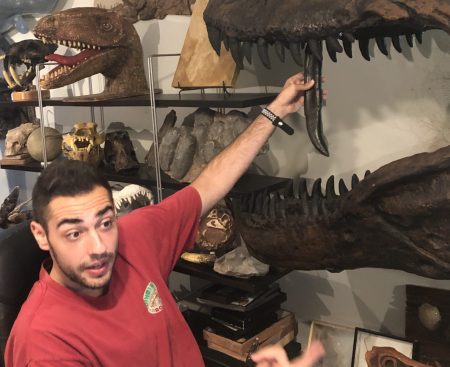
Highly interactive educational entertainment via giant Museum exhibits viewed up-close and visual demos, plus fascinating screen shares and Q&A .5 themes: Dinosaurs/Fossils, Sharks/Oceans, Insects, Rocks & Minerals, or Rocketry with downloadable study guides. Hands-on! We ship real specimens (fossils, minerals, seashells). Seen by millions at schools and venues like The Bronx Zoo. Highly interactive. Rave reviews, "Better than going to the museum," Parent, Summer '20. Check out DinosaursRockSuperstore.com for classroom activity supplies.
- Info on Insects Rock program
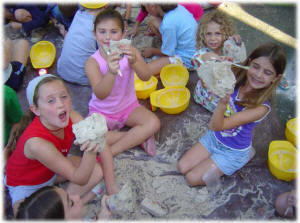
EDUCATIONAL PRODUCTS
Explore our wide selection of At-Home Activity Supplies, Homeschool and Classroom Resources, Science kits, Fossils and Mineral, Collectibles, Museum-quality dinosaur replicas and more
Birthday Party supplies and gifts!
- Teacher supplies
- Info on Outreach & Virtual Programs
24th year! We Bring The Museum To You! Our mission is to provide an entertaining and authentic learning experience to children of all ages. Founded by husband and wife team, Neil Brown & Leslie Freund, DINOSAURS ROCK® clients include Scholastic, National Geographic Channel, Yale Peabody Museum of Natural History and The Bronx Zoo. 5-star reviews speak for the quality of programs, now available in-person or in Virtual but hands-on format. “Best program we’ve ever had..,” Principal, Loyalstock Elementary.
contact info
Hrs: By Appointment
HELPFUL LESSON PLAN(S)
Prepared by fieldtripdirectory.com.

Science Museum Lesson Plan
There are a wide variety of science museums out there. From archaeological artifacts to galactic adventures in museum planetarium domes, there’s something for just about everyone!
Many science museums offer interactive experiences for youth groups such as labs and simulated space missions. Find a science museum with offerings that align with your curriculum goals for a field trip that’ll be worth while.
Put on those lab coats and goggles! Students step into the shoes of scientists. Gear up for an exploration of science and all it has to offer.
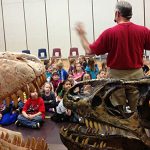
OUTREACH PROGRAMS
Highly interactive educational entertainment via giant Museum exhibits viewed up-close and visual demos and Q&A. 5 themes: Dinosaur & Fossil, Sharks & Ocean, Insects, Rocks & Minerals, or Rocketry with downloadable study guides. Hands-on! scouts get REAL fossils, minerals or seashells from digs and excavations, or gemstone mining with a rushing water sluice. Seen by millions at venues like The Bronx Zoo. Rave reviews, "Better than going to the museum," Pack Parent.
Check out DinosaursRockSuperstore.com for badge supplies.
supports scout badges in: Geology, Space Exploration
supports classroom learning in: Environmental Studies, Science, STEM or STEAM.
topics covered: Dinosaurs, Earth Science, Dinosaur Fossils, Geology, Insects, Marine Biology, Oceans, Paleontology, Physics, Rocketry, Rocks & Minerals, Sharks, Sea-Life, Space Exploration.
VIRTUAL PROGRAMS
Highly interactive educational entertainment via giant Museum exhibits viewed up-close and visual demos, plus fascinating screen shares and Q&A. 5 themes: Dinosaur & Fossil, Sharks & Ocean, Insects, Rocks & Minerals, or Rocketry with downloadable study guides. Hands-on! We ship real specimens (fossils, minerals, seashells). Seen by millions at venues like The Bronx Zoo. Rave reviews, "Better than going to the museum," Pack parent. Check out DinosaursRockSuperstore.com for badge supplies.
supports scout badges in: Geology, Space Exploration.
- Dinosaurs Rock Virtual Program
- Gems Rock Virtual Program
- Ocean Virtual Program
Explore our wide selection of Scout and At-Home Activity Supplies, Homeschool and Classroom Resources, Science kits, Fossils and Mineral gifts and collectibles, Museum-quality dinosaur replicas and more.
- More info on educational products
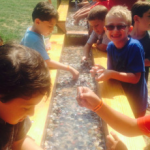
We Bring The Museum To You! Giant exhibits! We’ll transform your space into a science museum with our highly interactive camp events. 5 themes: Dinosaur & Fossil, Sharks & Ocean, Insects, Rocks & Minerals, or Rocketry with downloadable study guides. Highly interactive - audience volunteers. Hands-On! Campers get REAL fossils, minerals or seashells from digs and excavations, or gemstone mining with a rushing water sluice. Seen by millions at camps and venues like The Bronx Zoo. Rave reviews, "One of the best programs we have had at our camp", Camp Nabby.
Check out DinosaursRockSuperstore.com for activity supplies.
Highly interactive educational entertainment via giant Museum exhibits viewed up-close and visual demos, plus fascinating screen shares and Q&A .5 themes: Dinosaur & Fossil, Sharks & Ocean, Insects, Rocks & Minerals, or Rocketry with downloadable study guides. Hands-on! We ship real specimens (fossils, minerals, seashells). Seen by millions at camps and venues like The Bronx Zoo. Rave reviews, "One of the best programs we have had at our camp", Camp Nabby.
Check out DinosaursRockSuperstore.com for science and nature activity supplies.
- Oceans Rock Virtual Program
Explore our wide selection of Camp and At-Home Activity Supplies, Camp Resources, Science kits, Fossils and Mineral gifts and collectibles, Museum-quality dinosaur replicas and more.
We Bring The Museum To You! Giant exhibits! We’ll transform your space into a science museum with our highly interactive events. 5 themes: Dinosaur & Fossil, Sharks & Ocean, Insects, Rocks & Minerals, or Rocketry with downloadable curriculum. Highly interactive - audience volunteers. Hands-On! Homeschoolers get REAL fossils, minerals or seashells from digs and excavations, or gemstone mining with a rushing water sluice. Seen by millions at schools and venues like The Bronx Zoo. Highly interactive. Rave reviews, "Better than going to the museum," Homeschool Parent.
Check out DinosaursRockSuperstore.com for homeschool activity supplies.
- Info on Dinosaurs® Rock program
Highly interactive educational entertainment via giant Museum exhibits viewed up-close and visual demos, plus fascinating screen shares and Q&A .5 themes: Dinosaur & Fossil, Sharks & Ocean, Insects, Rocks & Minerals, or Rocketry with downloadable curriculum. Hands-on! We ship real specimens (fossils, minerals, seashells). Seen by millions at schools and venues like The Bronx Zoo. Highly interactive. Rave reviews, "Better than going to the museum," Homeschool Parent.
Explore our wide selection of At-Home Activity Supplies, Homeschool and Classroom Resources, Science kits, Fossils and Mineral gifts and collectibles, Museum-quality dinosaur replicas and more.
- Info on programs
BIRTHDAY PARTIES
We Bring The Museum To You! Giant exhibits! Fun and interactive show. Highly interactive with audience volunteers. 4 themes: Dinosaur & Fossil, Shark & Ocean, Insects, Rocks & Minerals, Highly interactive - audience volunteers. Hands-On! Party guests get REAL fossils, minerals or seashells from digs and excavations, or gemstone mining.
Check out DinosaursRockSuperstore.com for birthday party supplies and gifts, collectibles and activity supplies.
topics covered: Dinosaurs, Earth Science, Dinosaur Fossils, Geology, Insects, Marine Biology, Oceans, Paleontology, Physics, Rocketry, Rocks & Minerals, Sharks, Sea-life, Space Exploration.
- In-person and virtual parties
- Info on birthday party gifts and supplies
VIRTUAL BIRTHDAY PARTIES
Highly interactive educational entertainment via giant Museum exhibits viewed up-close with visual demos, fascinating screen shares and Q&A. 4 themes: Dinosaur & Fossil, Sharks & Ocean, Insects, Rocks & Minerals, with downloadable guides. Hands-on! We ship real specimens (fossils, minerals, seashells, party favors and other activity supplies). Seen by millions at venues like The Bronx Zoo. Rave reviews, "Better than going to the museum," Parent. Private parties, after-school and pod classes, multi-session camps.
Check out DinosaursRockSuperstore.com for gifts, collectibles and activity supplies and birthday party supplies.
topics covered: Dinosaurs, Earth, Science, Dinosaur Fossils, Geology, Insects, Marine Biology, Oceans, Paleontology, Physics, Rocketry, Rocks & Minerals, Sharks, Sea-life, Space Exploration
- Info on birthday party gifts and supplies birthday party supplies

Suggested Searches
- Climate Change
- Expedition 64
- Mars perseverance
- SpaceX Crew-2
- International Space Station
- View All Topics A-Z
Humans in Space
Earth & climate, the solar system, the universe, aeronautics, learning resources, news & events.

NASA/JAXA’s XRISM Mission Captures Unmatched Data With Just 36 Pixels

NASA Scientists Gear Up for Solar Storms at Mars

NASA Uses Small Engine to Enhance Sustainable Jet Research
- Search All NASA Missions
- A to Z List of Missions
- Upcoming Launches and Landings
- Spaceships and Rockets
- Communicating with Missions
- James Webb Space Telescope
- Hubble Space Telescope
- Why Go to Space
- Astronauts Home
- Commercial Space
- Destinations
- Living in Space
- Explore Earth Science
- Earth, Our Planet
- Earth Science in Action
- Earth Multimedia
- Earth Science Researchers
- Pluto & Dwarf Planets
- Asteroids, Comets & Meteors
- The Kuiper Belt
- The Oort Cloud
- Skywatching
- The Search for Life in the Universe
- Black Holes
- The Big Bang
- Dark Energy & Dark Matter
- Earth Science
- Planetary Science
- Astrophysics & Space Science
- The Sun & Heliophysics
- Biological & Physical Sciences
- Lunar Science
- Citizen Science
- Astromaterials
- Aeronautics Research
- Human Space Travel Research
- Science in the Air
- NASA Aircraft
- Flight Innovation
- Supersonic Flight
- Air Traffic Solutions
- Green Aviation Tech
- Drones & You
- Technology Transfer & Spinoffs
- Space Travel Technology
- Technology Living in Space
- Manufacturing and Materials
- Science Instruments
- For Kids and Students
- For Educators
- For Colleges and Universities
- For Professionals
- Science for Everyone
- Requests for Exhibits, Artifacts, or Speakers
- STEM Engagement at NASA
- NASA's Impacts
- Centers and Facilities
- Directorates
- Organizations
- People of NASA
- Internships
- Our History
- Doing Business with NASA
- Get Involved
- Aeronáutica
- Ciencias Terrestres
- Sistema Solar
- All NASA News
- Video Series on NASA+
- Newsletters
- Social Media
- Media Resources
- Upcoming Launches & Landings
- Virtual Events
- Sounds and Ringtones
- Interactives
- STEM Multimedia

Hi-C Rocket Experiment Achieves Never-Before-Seen Look at Solar Flares

NASA Selects Students for Europa Clipper Intern Program

NASA Mission Strengthens 40-Year Friendship

NASA Selects Commercial Service Studies to Enable Mars Robotic Science

NASA’s Commercial Partners Deliver Cargo, Crew for Station Science

NASA Is Helping Protect Tigers, Jaguars, and Elephants. Here’s How.

Two Small NASA Satellites Will Measure Soil Moisture, Volcanic Gases


NASA-Led Study Provides New Global Accounting of Earth’s Rivers

Orbits and Kepler’s Laws

X-ray Satellite XMM-Newton Sees ‘Space Clover’ in a New Light

NASA’s Webb Maps Weather on Planet 280 Light-Years Away

Researchers Develop ‘Founding Document’ on Synthetic Cell Development
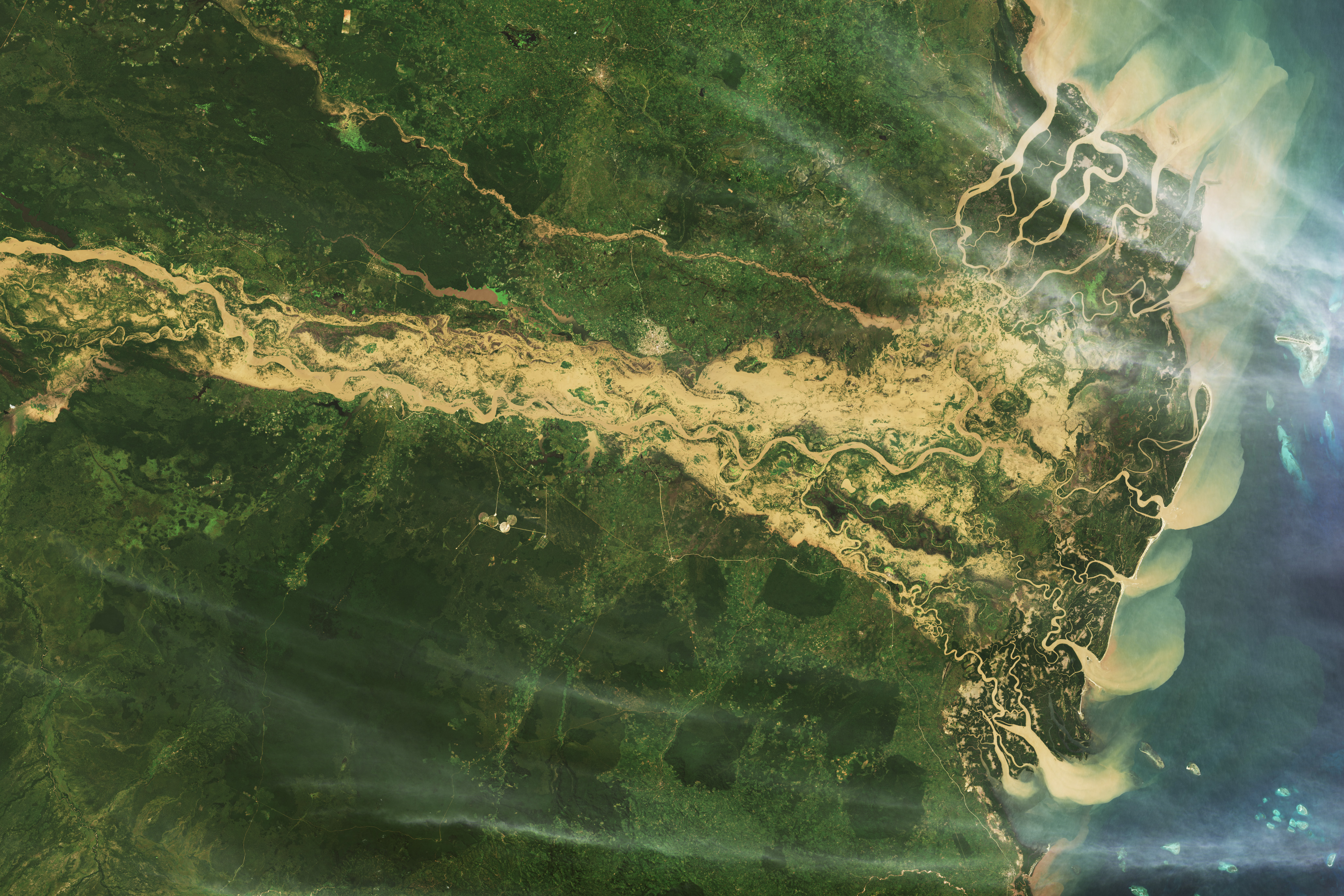
Amendment 82: Due Dates Delayed for ROSES-2023 A.67 Earth Action: Supporting Climate Resilient Communities and ROSES-2023 B.16 Heliophysics Artificial Intelligence/Machine Learning-Ready Data

NASA Photographer Honored for Thrilling Inverted In-Flight Image

NASA’s Ingenuity Mars Helicopter Team Says Goodbye … for Now

Big Science Drives Wallops’ Upgrades for NASA Suborbital Missions

Tech Today: Stay Safe with Battery Testing for Space

NASA Grant Brings Students at Underserved Institutions to the Stars

Washington State High Schooler Wins 2024 NASA Student Art Contest

NASA’s Commitment to Safety Starts with its Culture

NASA Challenge Gives Space Thruster Commercial Boost

Diez maneras en que los estudiantes pueden prepararse para ser astronautas

Astronauta de la NASA Marcos Berríos

Resultados científicos revolucionarios en la estación espacial de 2023
Infiniscope Virtual Field Trips
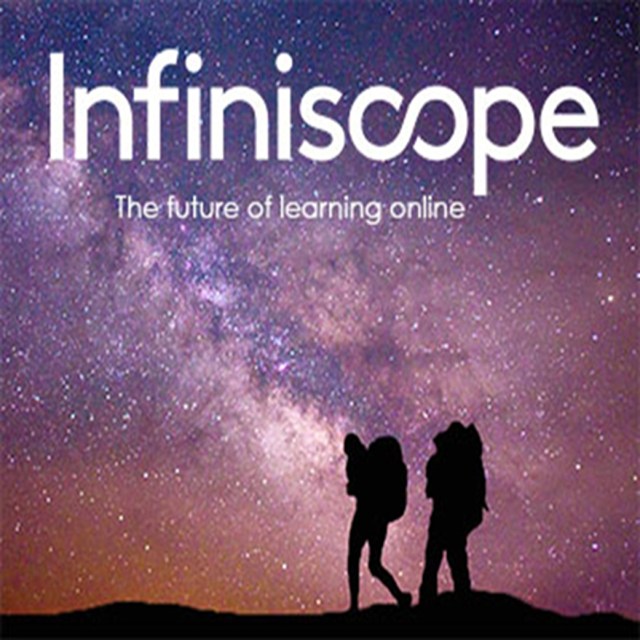
Grade Levels
Grades 5-8, Grades 9-12
Earth Science, Physical Science, Space Science
Interactive Multimedia
Whether you are exploring Mars, investigating the extinction of the dinosaurs or are curious about the origins of life on Earth, Infiniscope’s virtual field trips bring the wonder of Earth and space science to you. Try the different field trips and interactive games to learn more about Earth and space.
This activity is brought to you by a partnership with NASA and the Arizona State University Center for Education Through eXploration through NASA’s Science Activation program.
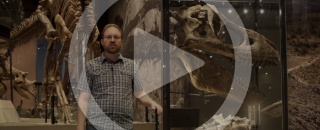
Past Worlds Virtual Field Trip
Past worlds.
Utah’s ecosystems have undergone major changes over the past 150 million years. Study of fossils helps inform scientists about the plants and animals that once lived on earth and can indicate changes in the environment over time.
Extinction Events
Curious about what caused the extinction of the dinosaurs? Join a Museum paleontologist to learn more about the massive extinction event that took place 66 million years ago at the end of the cretaceous period.
Fossilization
Ever wonder how fossils are formed? Dig into this video to discover the myriad of ways that fossils can be formed and how fossils provide evidence of stability and change in organisms and environments from long ago.
The Paleo Prep Lab
The Paleo Prep Lab plays an important role in the process between fossil excavation and display in the galleries. Join a Museum paleontologist to learn more about how fossils are prepared and the inferences we can make from different fossil structures.
Return to all Virtual Field Trips
Geosciences Department Penn State
- Syllabus (Fall)
- Syllabus (Spring)
- Syllabus (Summer)
- Orientation
- Meet Dr. Alley
- How to send email in GEOSC 10
- Frequently Asked Questions
- About Timed RockOn Quizzes in Canvas
- About the Final Exam
- How To Calculate Your Grade
- Academic Integrity Guide
- Communication Guide for EMS
- GETTING HELP
Virtual Field Trips
Join Dr. Alley and his team as they take you on "virtual tours" of National Parks and other locations that illustrate some of the key ideas and concepts being covered in Unit 11.
Virtual Field Trip #1: Florissant Fossil Beds National Monument—Gnattily Dressed
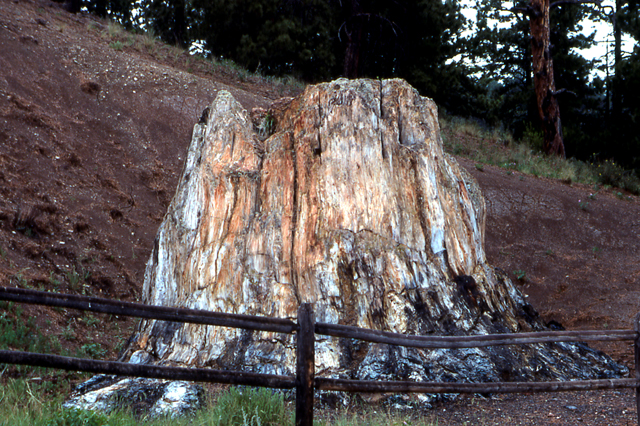
Image 1: A huge stump fossil of a redwood behind a fence. Florissant Fossil Beds National Monument—Gnattily Dressed Photos by National Park Service (indicated) or R. Alley; this is the “Big Stump” fossil redwood.
Image 2: Sunset over the Colorado Rockies. The Colorado Rockies Front Range is folded up, perhaps from shallow-subduction drag.
Image 3: South Park viewed from Wilderson Pass. Fields in front of the mountain range. West of the Front Range are the parks, occupying the low parts of the folds. This is the real South Park, viewed from Wilkerson Pass.
Image 4: South Park with colorful paintbrush in bloom. The real South Park seems to be a nicer place than the one on TV. Here, paintbrush bloom in the mountain air.
Image 5: Mountian range. Near the east edge of South Park, Colorado is Florissant Fossil Beds National Monument, one of the little-visited “gems” of the National Park Service.
Image 6: Three images of fossil redwood stumps in the park. Fossil redwoods are among the highlights at the park. These, including the “Big Stump” (bottom, Natl. Park Service picture) are along the Petrified Forest Loop Trail.
Image 7: Fossils of a spider, bee, and a leaf, Florissant Fossil Beds. When the mountains are overthrown and the seas uplifted, the universe at Florissant flings itself against a gnat and preserves it.”-- Dr. Arthur C. Peale, Hayden Expedition Geologist, 1873 Fossil spider, bee, and leaf, Florissant (National Park Service Photos)
Image 8: Fossil sumac and hydrangea leaves from Florissant.
Image 9: Graphic about evolution showing progression from a hoofed mammal to a whale.
Image 10: Photographic collage sowing evolution of life on Earth through the last 600 million years. (left) Photographic collage showing evolution of life on Earth through the last 600 million years. The oldest fossils are at the bottom and youngest at the top. The size of each time interval is proportional to its duration; Proterozoic extends beyond 600 million years. (right) Fossils from the Mid-Atlantic States show change through time, from late Cretaceous (late Mesozoic, 6) to Pliocene (late Cenozoic, 1). The shape of the posterior (rear) end of these clams becomes more rounded in the younger species, and the area where the two shells are held together (ligamental cavity) gets larger.
Virtual Field Trip #2: Hardwoods—CAUSE and Park Paleontologist William Parker Explore the Petrified Forest
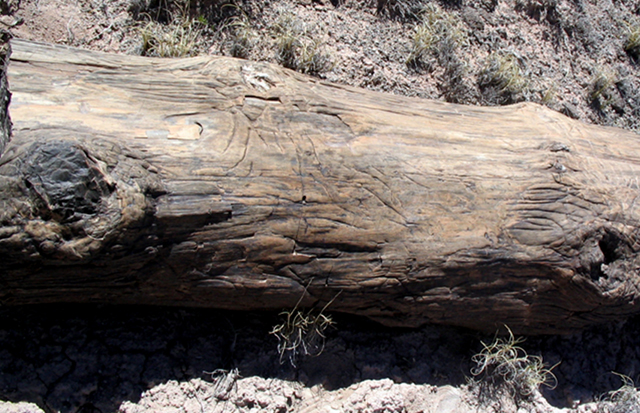
Image 1: Petrified tree laying on the ground. Hardwoods--CAUSE and Park Paleontologist William Parker Explore the Petrified Forest.
Image 2: Students hiking up a hill of dirt. There are petrified trees laying on the ground at the crest of the hill
Image 3: A large petrified tree on the ground. The trunk is split into about six pieces. Many of the trees in the Petrified Forest were transported by rivers, losing their branches and often their bark before being buried and petrified. The conversion to stone was caused by the difference in chemistry between the trees themselves and groundwater in the volcanic-ash-rich soils, and is described in more detail in the Enrichment article in the textbook. This tree is Araucarioxylon arizonicum an extinct relative of modern monkey-puzzle trees. Over 200 types of fossil plants are known to be in the park.
Image 4: Pile of petrified wood includes one large chuck and many smaller pieces. Most of the wood in the park was carried and buried in great floods.
Image 5: The “Alpha Stump”. Paleontologist William Parker shows the CAUSE film crew the “Alpha Stump”, in the Black Forest section of Petrified Forest National Park. Unlike most of the fossil trees in the park, the “Alpha Stump” is in place, its roots in the soil where it grew about 210 million years ago.
Image 6: Close up of little holes in a petrified tree. They are insect burrows and are probably the world’s oldest known fossil bee’s nest, in a petrified tree, Petrified Forest National Park.
Image 7: Park Paleontologist William Parker (upper right) and ranger and UC-Berkeley graduate student Randall Irmis (left) kneeling on the ground excavating armor plates of late-Triassic (Mesozoic) giant-armored-amphibian Koskinonodon also called Buettneria, Petrified Forest National Park.
Image 8: Paleontologist Randall Irmis shows CAUSE student Irene Meglis a still-sharp fossil tooth, Petrified Forest National Park.
Image 9: Close up of the dry ground with fossil bone fragments scattered on it. Late Triassic (Mesozoic) fossil bone fragments, Petrified Forest. A simple field test--fossil bone sticks to your tongue, and fossil wood doesn’t.
Virtual Field Trip #3: Dinosaurs: Where They Lived, and How They Died
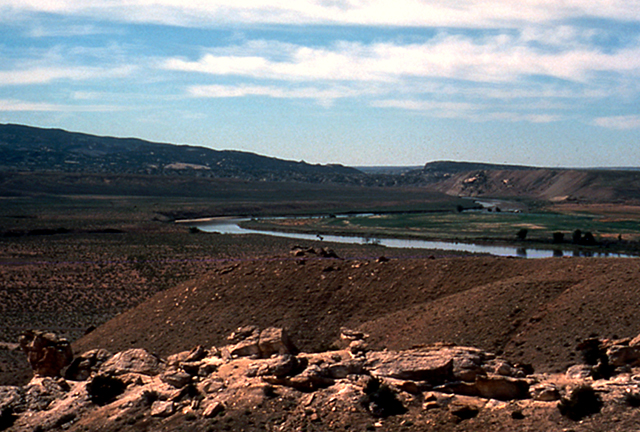
Image 1: The green river in Dinosaur National Monument. The river is winding through the landscape.
Image 2: an outcropping of rock called the Morison Formation shows tipped up layers. The river-channel and floodplain deposits of the Jurassic (mid-Mesozoic, about 150 million years old) Morrison Formation of Dinosaur National Monument, Colorado and Utah, were tipped up after being hardened.
Image 3: The quarry at Dinosaur Ledge revealing dinosaur fossils. The quarry is now under a man made structure. Eleven types of dinosaurs were washed onto this sand bar, perhaps in a great flood, buried, and their bones replaced by silica from groundwaters. The living types are quite different from their older relatives at Petrified Forest; a lot of evolutionary changes have occurred during the intervening 60 million years.
Image 4: 4 images from Dinosaur Ledge each showing fossils for various dinosaurs. There is a ranger standing next to one and the fossils dwarf her.
Image 5: A huge crater hole in Arizona. The 49,000-year-old, 0.7-mile-across Barringer Impact Crater of Arizona was made by a rather small meteorite, roughly 150 feet (50 m) across--tiny compared to the one that killed the dinosaurs. Notice the road on the right for scale.
Image 6: Three images. First is a gravity field of Chicxulub impact crater. The second is a core rock sample from Manson Iowa impact crater. The third is a shocked quartz from impact crater. First image: Gravity field of Chicxulub impact crater--the meteorite that killed the dinosaurs, on the Yucatan Peninsula. The crater is buried under younger rocks, but is quite evident here. The circular crater, between the pink arrows, is about 110 miles across. Second: Impact breccia. When a meteorite hits, it breaks rocks. This core is from the Manson, Iowa impact structure. Third: Shocked quartz from a meteorite impact. The bright colors are from the view between polarizing filters; the crossing lines are impact features. The grain is roughly 1/10 inch across.
Image 7: Two images. Left, a cosmic spherule from the moon . Right, a finger pointing to theK/T boundary bed in the stone making the end of the dinosaurs. (Left) 1/250 in (0.1 mm) diameter cosmic spherule from the moon. Spherules such as this are well-known to result from impact deposits, and are found in the special K/T impact bed that marks the end of the dinosaurs. (Right) The finger is pointing to the K/T boundary bed marking the end of the dinosaurs, at Big Bend National Park.
Image 8: This is a sediment core from offshore South Carolina, showing the extinction across the K/T boundary. The core is 40 cm long (about 16 inches). Richard D. Norris and the Ocean Drilling Project Leg 171B Scientific Party Photomicrographs by Brian Huber, Smithsonian Institution.
Virtual Field Trip #4: Dinosaurs: What They Stepped In
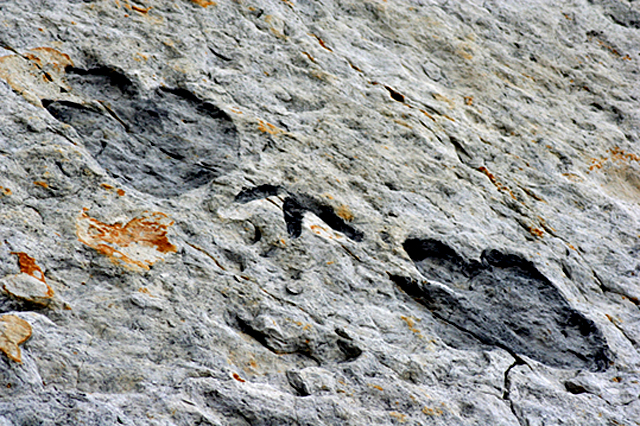
Image 1: Close up of fossilized dinosaur foot prints from Dinosaur Ridge, CO. Dinosaurs: What They Stepped In, A Virtual Tour of Dinosaur Ridge All pictures in this show are by Dr. Alley unless noted; some of the pictures here feature PSU graduate and noted scientist Matt Spencer.
Image 2: Two images. Left: Outcropping of rock that has been tipped up as the Rockies were formed. Second: Fossilized dinosaur prints. Dinosaur Ridge, just west of Denver, Colorado, is part of the Morrison Fossil Area National Natural Landmark as designated by the National Park Service. In the Cretaceous Period of the Mesozoic Era, about 100 million years ago, the area that is now the Ridge sat on the edge of the great Interior Seaway that extended eastward across Kansas, and connected the Gulf of Mexico with the Arctic Ocean. Sediments were deposited, hardened and then tipped up (picture at right) as the Rockies were raised just to the west. The dinosaur trackway (lower right) is the big attraction at the Ridge, although there is quite a bit more to see (including modern rabbits).
Image 3: Dinosaur footprints. An insert image shows one of the larger Iguanodon tracks with three kids hands in it for scale. The dinosaur tracks really are spectacular. Various dinosaurs walked across the muddy surface, probably heading for a water hole. The little sign (bottom of the picture on the left) points to a three-toed Ornithomimus track. A picture of one of the larger Iguanodon tracks is shown in the inset, with kids’ hands for scale.
Image 4: Various animal burrows from a shallow-water deposit near the dinosaur trackways. Shown here are various animal burrows from a shallow-water deposit near the dinosaur trackways (with an interpretive sign to give you an idea of the scale). Modern muds similar to these are commonly burrowed by creatures looking for food or avoiding enemies. After a mud layer is deposited, it usually takes a while for the mud to stabilize, and critters to move in and burrow the heck out of the mud, as seen here.
Image 5: Two pictures. Top: Burrowed rock shows burrows from big and small animals. Bottom: Heavily burrowed area buried by a moderately burrowed area. A careful examination of the burrowed rocks from the previous picture shows that various critters were stirring the mud, including big ones (pink arrow) and little ones (blue arrow). Not every layer gets burrowed--if there is too little oxygen to support critters, or too little for critters to eat, or the layer is buried too rapidly, then burrowing may be restricted or absent. Here, the heavily burrowed layer (far right, green arrow) is buried under a moderately burrowed layer covered with ripple marks (the two red arrows in the upper left of the picture point along ripple-mark crests). In turn, the rippled layer was buried by another layer, which was buried by another… (see next slide).
Image 6: Close up of a rock showing a rippled layer covered up by another rippled layer. The previous slide showed a burrowed layer buried beneath a rippled layer. Here, a different rippled layer was covered up by yet another rippled layer. (If you don’t see it, the next slide adds some annotations to help.)
Image 7: Close up of a rock showing a rippled layer covered up by another rippled layer. In case you didn’t see the features in the previous slide, the solid pink line divides the layer on the bottom (which in the picture is to the upper right) from the layer on top (which in the picture is to the lower left). The crests of two ripples on the layer on the bottom are marked by the light-blue dot-dash lines, and the crests of five ripples on the layer on the top are marked by the dark-blue dotted lines.
Image 8: Dinosaur tracks. As interesting as ripples and burrows may be, most people go to Dinosaur Ridge to see dinosaur tracks.
Image 9: Three close ups of dinosaur tracks. And, here are a few more pictures of the main trackway at Dinosaur Ridge. Many more trackways have been reported along the Front Range near Denver, and there are other tracks at Dinosaur Ridge in other rock layers (some coming later in this show), but this is the easiest one to see.
Image 10: Two images. Left: Dinosaur bone still in the rock. Right: Layered rock with a orange ayer in the middle. The yellow-orange-ish layer is volcanic ash, from a very large eruption nearby, which is sandwiched between more-ordinary sedimentary rocks.
Image 11: Dr. Alley standing next to an edge-on dinosaur track. On the other side of Dinosaur Ridge from the “main” trackway seen earlier, you can see dinosaur tracks edge-on, such as this one indicated by Dr. Alley. The next picture includes an outline of the track.
Image 12: Edge-on dinosaur track.
Image 13: Another Edge-on dinosaur track. Matt Spencer with dinosaur track, Dinosaur Ridge, near Denver. The next picture is a close-up with this track outlined.
Image 14: close up of the previous edge on dinosaur track with the track outlined.
Image 15: Previous image turned upside down showing what a dino footprint would look like if the rock turned upside down. Dinosaurs didn’t walk on the ceiling. We just turned the previous picture upside-down, but if you found a track this way in nature, you should conclude that the rock has been turned upside-down.
Image 16: Mountain goat. A long and fascinating story links the dinosaurs tromping on mud when Denver was a coastal city, and this mountain goat looking down toward Denver from Mt. Evans 65 million years later. The giant meteorite that killed the dinosaurs left their “jobs” open to others, and evolution filled those jobs with the creatures we now know and enjoy.
Word Document of Unit 11 V-trips
Want to see more.
Here are some optional vTrips you might also want to explore! (No, these won't be on the quiz!)
Dinosaur National Monument (Provided by UCGS)
- Show search
Virtual Field Trips
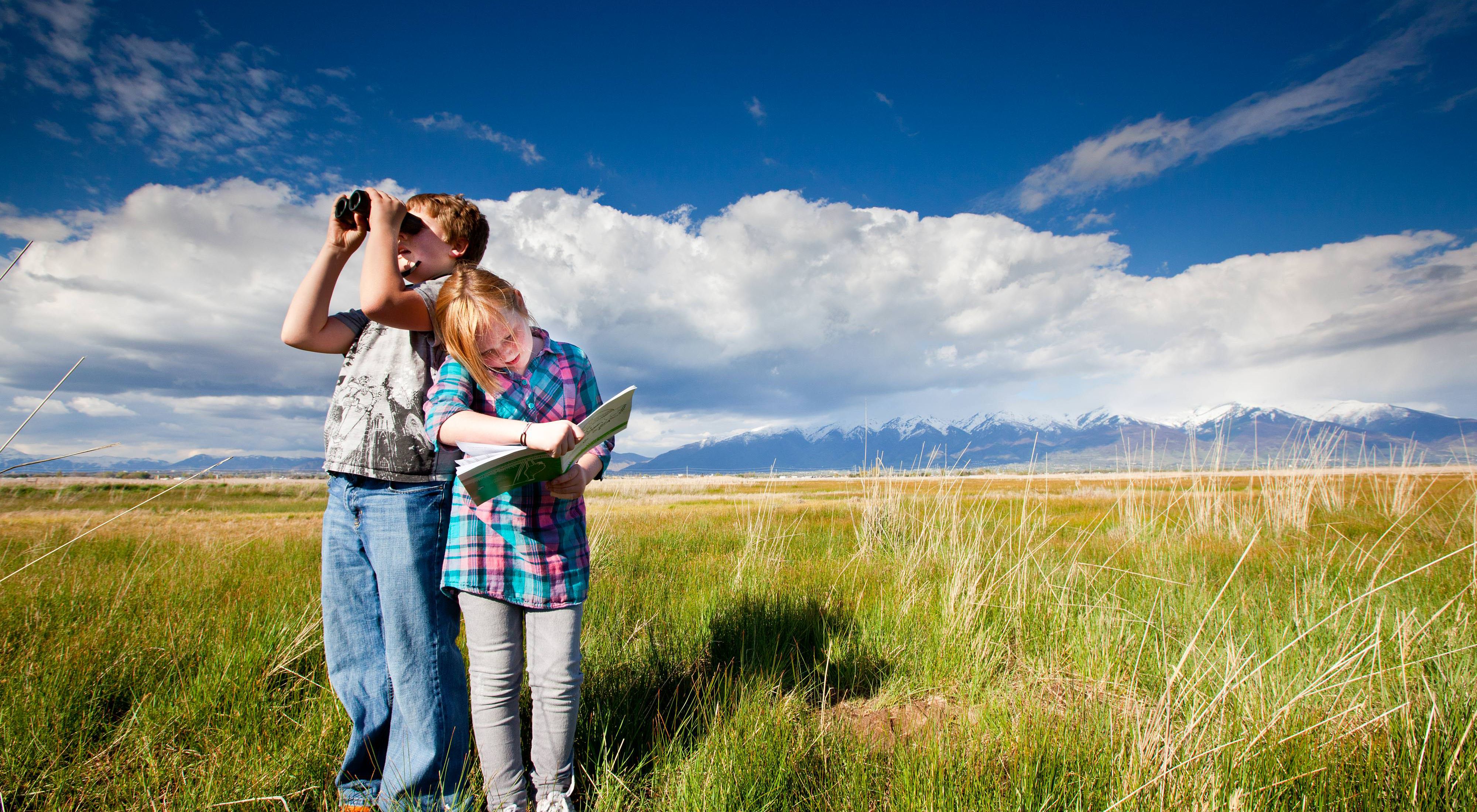
Explore the World with Virtual Field Trips
Designed for ages 9-15 but customizable for all ages, virtual field trips allow students to travel the world and explore natural environments without leaving the classroom. Each virtual field trip contains a video, teacher guide and student activities.
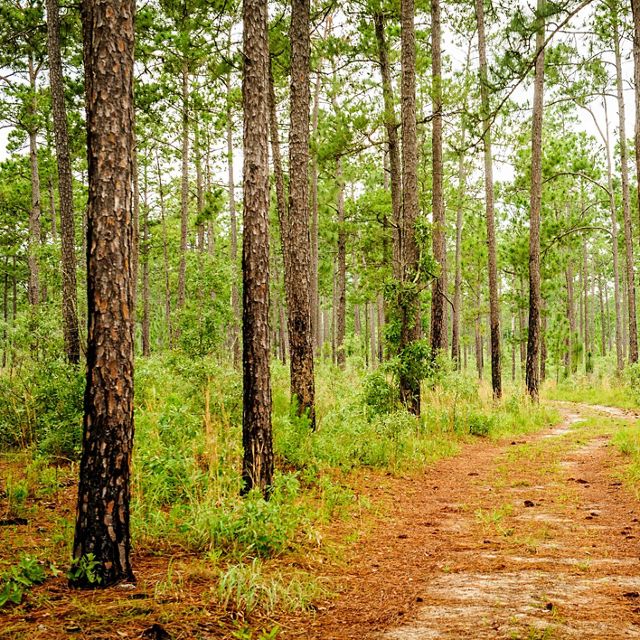
Working Trees: Reforestation and Responsible Forestry
Forests represent a powerful opportunity to pull carbon dioxide out of the atmosphere, helping to cool our planet while also providing clean air, clean water, and habitat for wildlife.
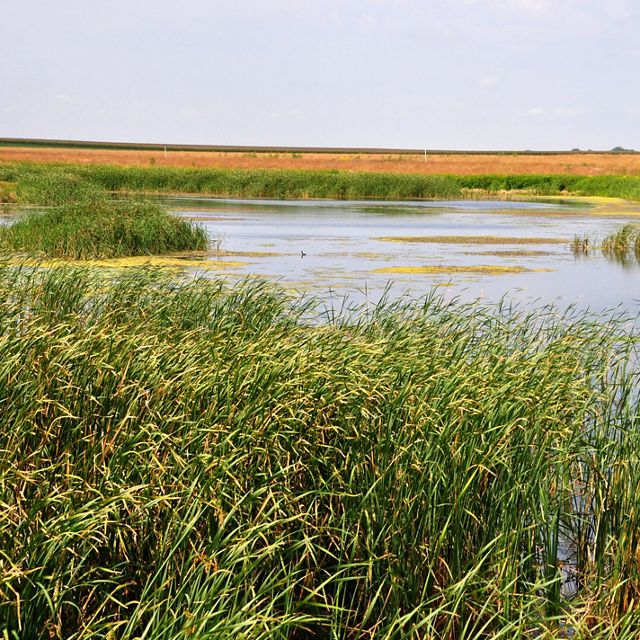
Less Harm on the Farm: Regenerative Agriculture
Food is more than something we eat to survive; it's a part of how we thrive. Learn how regenerative agriculture can help us feed a growing population while restoring nature.
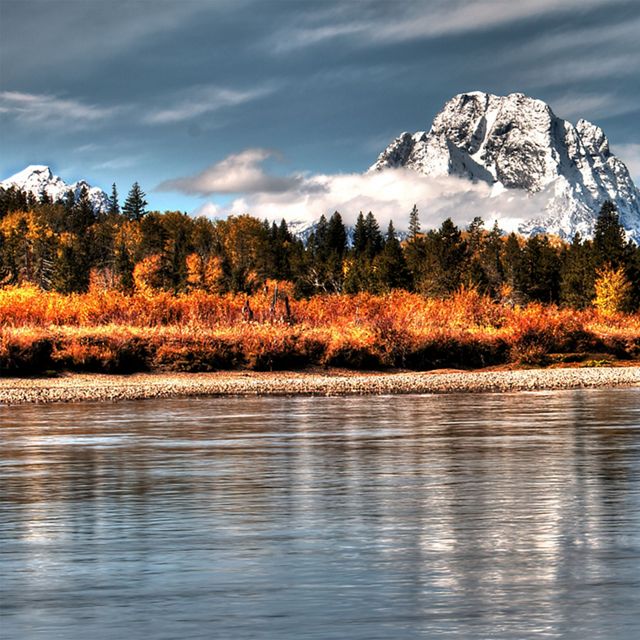
Climb-It Change
Explore how climate change is impacting alpine ecosystems and go on a climbing adventure with scientists who take you to some of the most stunning mountain ranges in the United States. This film is a Rocket Soul Studios production.
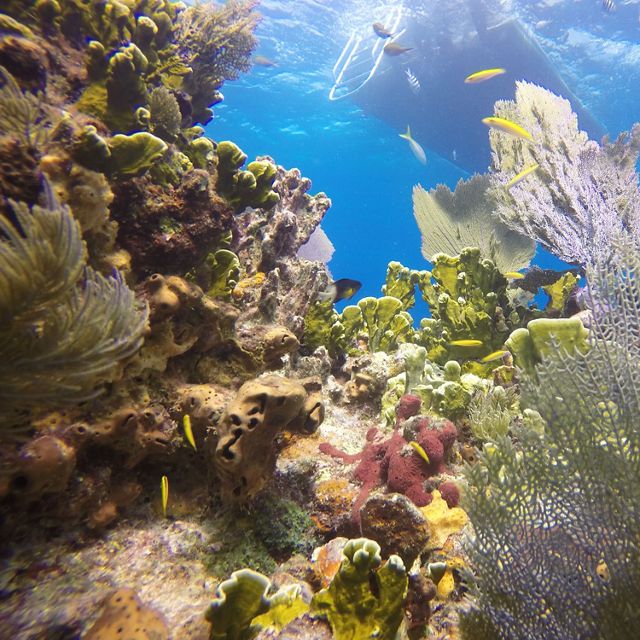
Protecting Our Oceans and Ourselves
More people rely on our ocean for food, energy, transport, recreation and other natural resources than any other time in history.
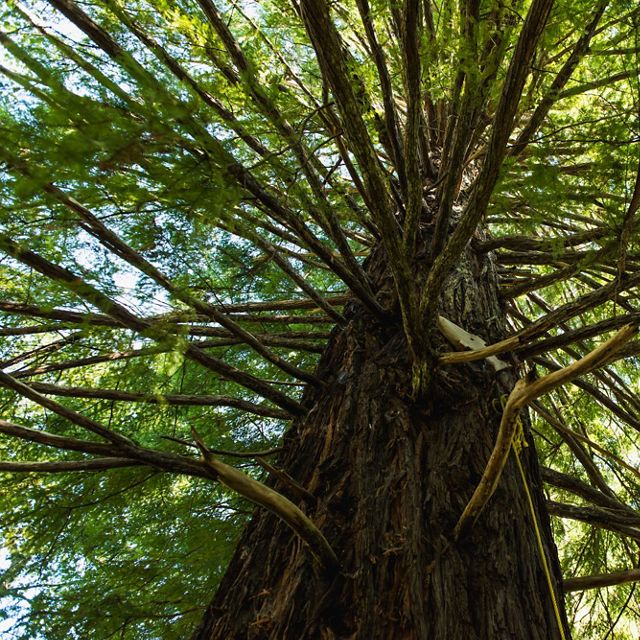
Climate Heroes: The Power of Trees
Trees are our climate superheroes! From Louisville, Kentucky, in the United States to St. Vincent and the Grenadines in the Caribbean, trees are playing critical roles in cleaning our air and improving our resilience in the face of climate change.
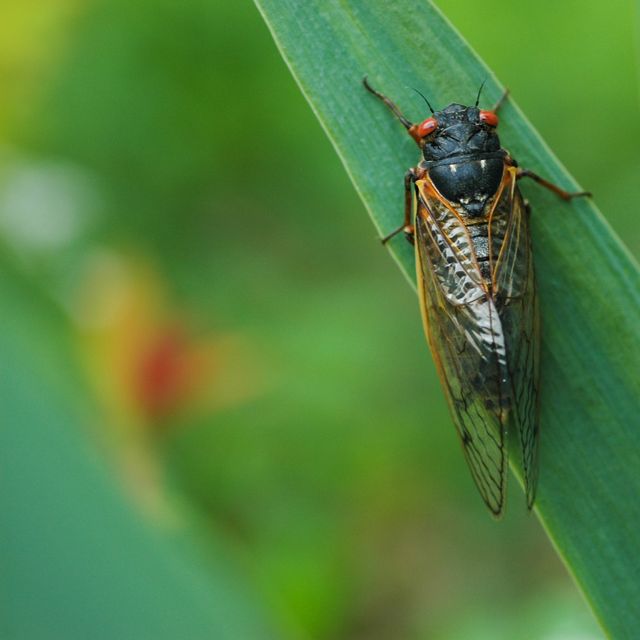
You’re the Scientist! Citizen Science, Frogs and Cicadas
The conservation community relies heavily on volunteers not only to restore natural areas but to help gauge the success of restoration efforts.

Changing Climate, Changing Cities
Get a front-row, ground-level seat to the challenges cities face as they confront this force of nature, and discover the solutions experts are promoting to mitigate it.
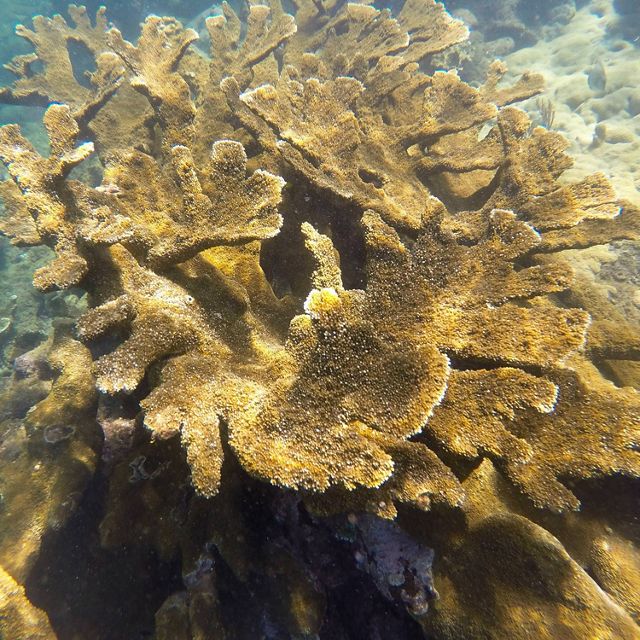
The Secret Life of Corals
Learn how fragile reefs are being damaged by human activity and climate change, and how scientists are developing ways to restore corals.
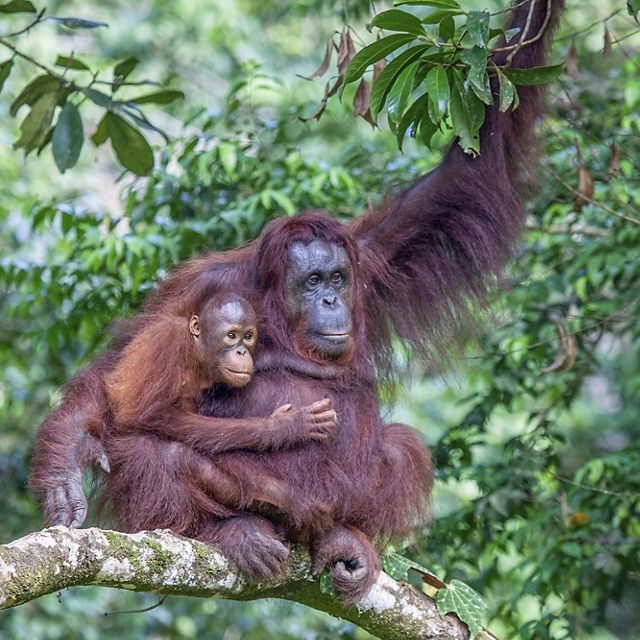
Borneo: The Symphony of the Rainforest
On this journey, we’ll learn how experts are using cutting-edge science to find out how healthy the rainforest is—and to discover where it needs some help!
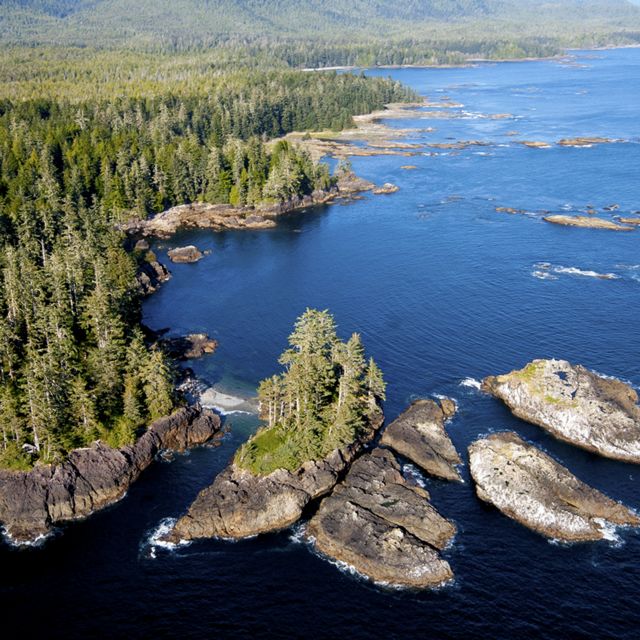
View from a Canoe
Can you imagine a place with 100 million acres of forest and 30,000 miles of coastline? It exists. The Emerald Edge is home to the largest intact coastal temperate rainforest.
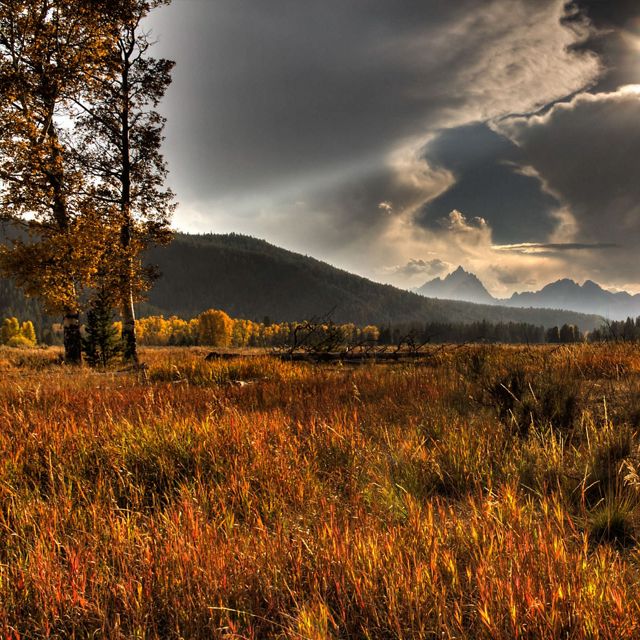
Wild Biomes: America’s Rainforests & Deserts
Two wildly different ecosystems, both dependent on the same precious resource: Water. On this virtual field trip, we’ll travel to Seattle and Arizona.
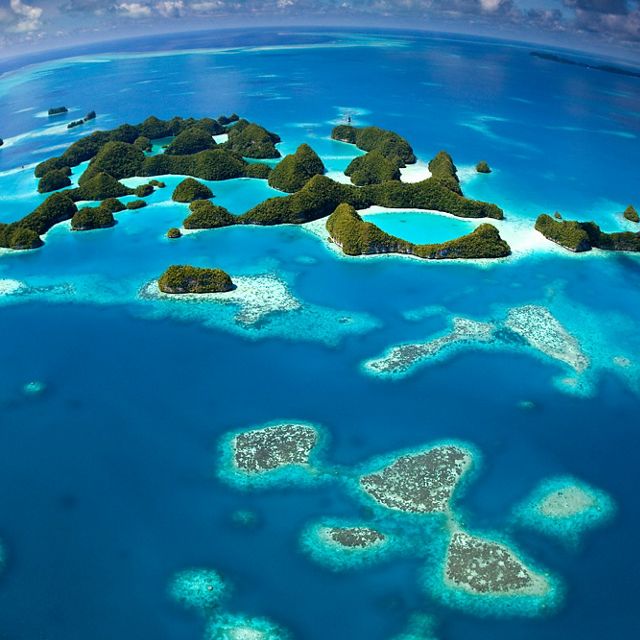
The Coral Reefs of Palau
Join our expert scientist, marine biologist Stephanie Wear, on a virtual field trip to the coral reefs of Palau where you'll explore amazing underwater cities.
.jpg?crop=669%2C0%2C2662%2C2662&wid=640&hei=640&scl=4.159375)
China’s Great Forests
Join our expert scientist Yue Wang, a conservation planning officer for The Nature Conservancy, on a virtual field trip across the world to two stunning provinces in China.

Powering the Planet: Renewable Energy
Join scientist Alex Wegmann as we embark on a Virtual Field Trip to explore a compelling question: How can we get the energy we need without harming nature?
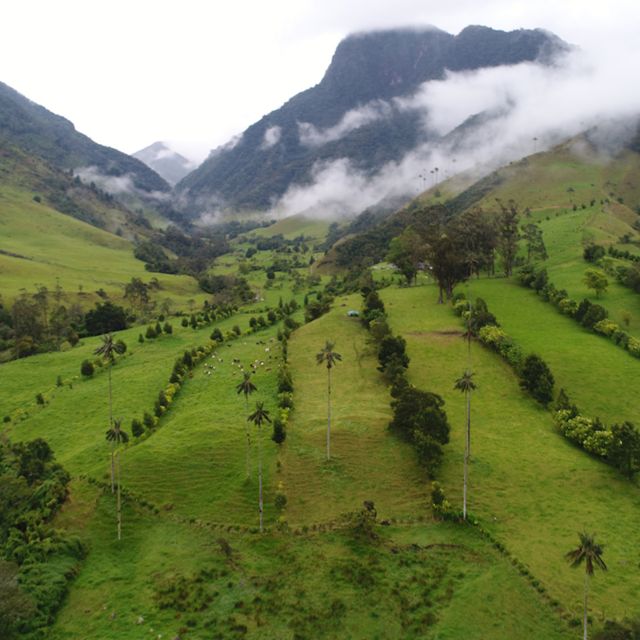
Journey of Water: Colombia’s Páramo
In this virtual field trip, we will explore the magical páramo ecosystem and the stunning mountain landscapes found just beyond the capital city of Bogotá.
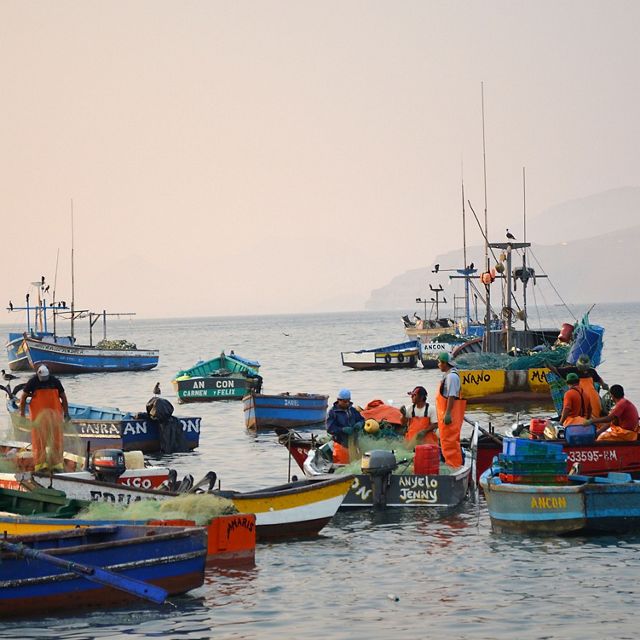
Peru: A Coastal Ecosystem
Join fisheries scientist Matias Caillaux to explore the Humboldt Current Ecosystem off the coast of Peru while learning about the area’s amazing diversity and productivity.
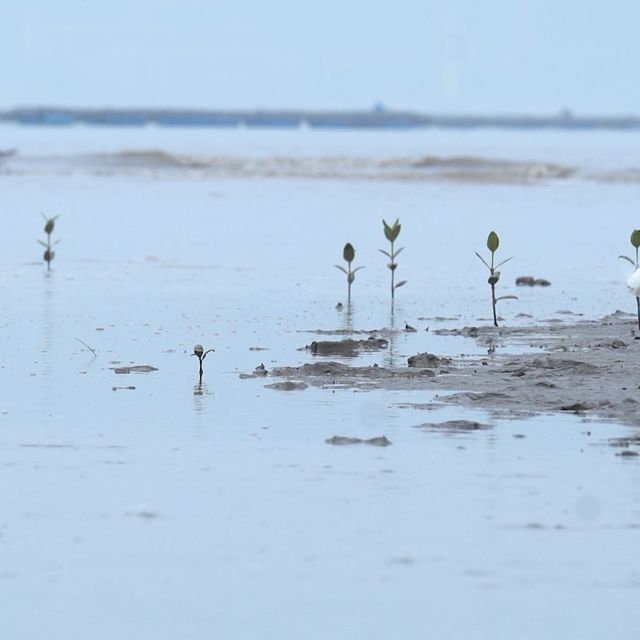
Ridge to Reef: A Virtual Field Trip to Hong Kong
The “Ridge to Reef” (R2R) concept is a holistic approach that takes into consideration all the environments within a watershed — from the top of the mountains down to the ocean — and shows that what happens on land affects what happens in the water.
Stay connected for the latest resources from Nature Lab
Don't miss new Nature Lab teaching guides and videos. Sign up to get the monthly Nature Lab newsletter with free environmental education materials for educators and families.
Explore Our Youth Curriculum
Access resources aligned to The Nature Conservancy’s research and designed specifically for a young audience and classroom use.
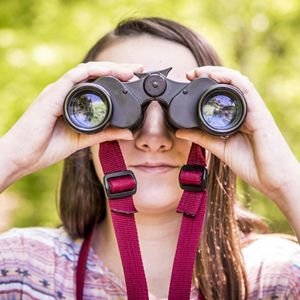

- News/Events
- Arts and Sciences
- Design and the Arts
- Engineering
- Future of Innovation in Society
- Health Solutions
- Nursing and Health Innovation
- Public Service and Community Solutions
- Sustainability
- University College
- Thunderbird School of Global Management
- Polytechnic
- Downtown Phoenix
- Online and Extended
- Lake Havasu
- Corporate Engagement and Strategic Partnerships
- Research Park
- Washington D.C.

- Virtual Field Trips

Virtual Field Trips
Students can explore immersive virtual landscapes, from the age of dinosaurs to the red rocks of Mars. Cut your own path through these environments to learn about civilizations, geology and creatures past and present.
Start exploring

Program features
360 views from around the globe and beyond., choose your own journey through amazing landscapes., discover videos and interactive features as you go., get the tools you need to succeed in your online education. get started today, related resources.
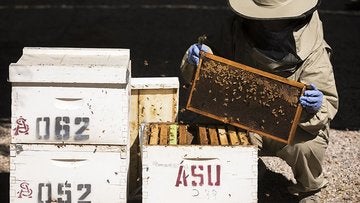
Ask a Biologist
Whether it’s for school, at home or just for personal interest, Ask a Biologist will introduce you to fascinating topics about what makes the living world work the way it does, from microbes to mammals. Delve into articles, experiments, VR tours and tap the expertise of professional biologists to answer your questions.
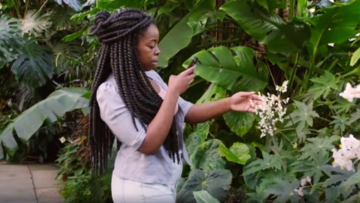
SciStarter: Help scientists solve problems
Through citizen science projects, you can help scientists answer questions they cannot answer alone. Share observations, analyze data and play online games to advance important research from astronomy to zoology. Just join a project, track your contributions and earn a certificate for completing the online tutorial.
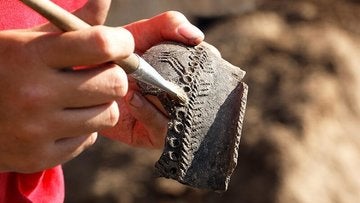
Ask an Anthropologist
Learners of any age can take advantage of a wealth of insights from our anthropology experts and the resources here will help teachers as well as parents teaching at home. From hands-on experiments to real-world studies, learners at all stages can discover more about the roots of human societies and culture.
- Tour Account ›
- Travel Forum ›
- Travel Forum
A trip to Moscow
I'm going to organize a trip this summer. I want to plan everything. I’ll fly from London to Moscow, and I also want to visit St. Petersburg. Could you, please, advise me what places I should visit? I’ll stay in Moscow for about 10 days before going to St. Petersburg. Thank you!
Not a country I’d be spending my money in at the moment.
Ditto. Ditto!
I don't really see the point of shunning a country because you don't agree with its leader and/or its government. Would you go to Italy? China? Tourist dollars are more likely to get into the hands of the people rather than any corrupt bureaucracy and meeting friendly tourists might just change the locals opinions of foreigners and even give them some information they don't get from local news media.
Hopefully , I won't be starting a war here , but I must say I agree with Chani's comments . Having taken three year visas in 2015 , we have been to Moscow and St; Petersburg ( once to Moscow , and twice to St Petersburg ) . The History , Art , Music ( I am a classically trained musician ) and Culture , fascinate us . Much to experience there and advance preparation is essential , To get a good grounding for your visit , read this lavish and detailed book by Suzanne Massie , it's one of the best ways to immerse yourself in what you will experience - https://www.amazon.com/Land-Firebird-Beauty-Old-Russia/dp/096441841X/ref=sr_1_1?ie=UTF8&qid=1521652009&sr=8-1&keywords=land+of+the+firebird+massie&dpID=51CPK13XKGL&preST=_SX218_BO1,204,203,200_QL40_&dpSrc=srch
And while leaders of such countries can point to foreign visitor numbers as a sign of support ? I also believe that personal safety for certain travellers, especially obvious minorities, cannot be guaranteed, as fervent nationalism increases, and tolerance levels evaporate. Just as I may decide against a purchase at the supermarket because of a company’s behaviour, ethics will always be a consideration.
Well, I'd argue supermarket ethics does not readily translate to travel ethics - the latter is far more complex. Personally, I see the whole "vote with my hard-earned travel dollar" approach as overly simplistic, but if it's your position - I totally respect it.
What I don't understand is members volunteering ethical guidance in response to what seems an innocuous request for travel-related information.
Note a discussion on ethics hosted a year ago by the Webmaster of this very forum.
https://community.ricksteves.com/travel-forum/general-europe/travel-ethics-612334a0-0ca1-4128-b088-c13d1d8a91c3
I appreciate Rick Steves' point of view in his "Travel As A Political Act". That said, Putin's Russia is not a place I would support. But, to each his or her own....
From a practical point of view, travel between the two countries can be difficult. I understand the Russians who traveled in the US this past winter had to go to the US Embassy in the country of Georgia to get visas because the Russians expelled American embassy personnel. If you do travel to Russia, you may be on your own. See the American travel advisory: https://travel.state.gov/content/travel/en/traveladvisories/traveladvisories/russia-travel-advisory.html
Travel Advisory January 10, 2018 Russia – Level 3: Reconsider travel Reconsider travel to Russia due to terrorism and harassment. Some areas have increased risk. Read the entire Travel Advisory U.S. citizens are often victims of harassment, mistreatment, and extortion by law-enforcement and other officials. U.S. consular assistance to detained individuals is often unreasonably delayed by Russian officials. Russia also enforces special restrictions on dual U.S.-Russian nationals. Due to the Russian government-imposed reduction on U.S. diplomatic personnel in Russia, the U.S. government has reduced ability to provide services to U.S. citizens.
We have traveled to Moscow and St. Petersburg over the past few years. As in the US, most of the people we encountered helpful and not particularly political. In Moscow, we stayed at The Garden Ring Hotel which was a close walk to the metro. The hotel was very comfortable and quiet for being in the city. We loved the art museums and the Georgian restaurants. In St. Petersburg, we stayed at both The 3Mosta hotel near the Hermitage and the Art Hotel Demetra.. In St. Petersburg, we especially liked the Hermitage and Russian museum. Learning the Cyrillic alphabet and having a good map is a must.
As I think the point about ethical considerations has been made, please keep future replies more specific to the question at hand. Thanks.
Either read a good travel book or book a guide who can personally take you to the best places that interest you and tell about the sights you're seeing. We used Dan Petrov on 2 different trips to Moscow and found him to be wonderfully friendly and witty not to mention super knowledgeable.
Latest advice, Australian Governmemt, 1 April 2018. “Due to heightened political tensions, you should be aware of the possibility of anti-Western sentiment or harassment. While the Australian Government is not aware of any increased difficulties for Australians travelling in Russia at this time, you should follow the security and political situation closely and keep up to date with this travel advice. Remain vigilant, avoid any protests or demonstrations and avoid commenting publicly on political developments.”
We very much enjoyed our group trip to Moscow and St Petersburg last year. excellent guides and accommodations. While Steven who has replied here has excellent advice, ( and we took advantage of it), we felt an organized tour really facilitated our enjoyment of the country. You may want to consider a combination of an organized tour and than adding independent days . Some of the Australians on the tour had arrived a couple of days earlier than the tour stated and then some stayed later. If we were to go again (which I would), that"s how I would do it. And I must say , it was enlightening to have conversations with the Russian tour guides and the non Americans about the current world situation. Not that we went into any great depth, but I think we all went away with a little more understanding. Top places: allow lots of time in St Petersburg at the Hermitage- take a separate day for the Impressionist building. In Moscow, the Russian Art Museum was amazing.
Solid advice from Australian government quoted above, especially the keeping up to date part.
I checked the current version (Sep 18) of that advisory - and it hasn't been updated much. In fact, some sections don't seem to have changed since 2005 - their recommendations for importing/exporting currency and financial instruments, for example, are at least five years behind.
I do like reading governmental travel advisories for entertainment purposes - for instance, up until very recently the US one sternly advised potential travelers that Moscow was largely a cash-based economy (couldn't be further from the truth) and warned about intrinsic dangers of gypsy cabs (which had all but disappeared by 2015).
This topic has been automatically closed due to a period of inactivity.
- Yekaterinburg
- Novosibirsk
- Vladivostok

- Tours to Russia
- Practicalities
- Russia in Lists
Rusmania • Deep into Russia
Day trip to Yasnaya Polyana from Moscow: transport, sights, tips, advices
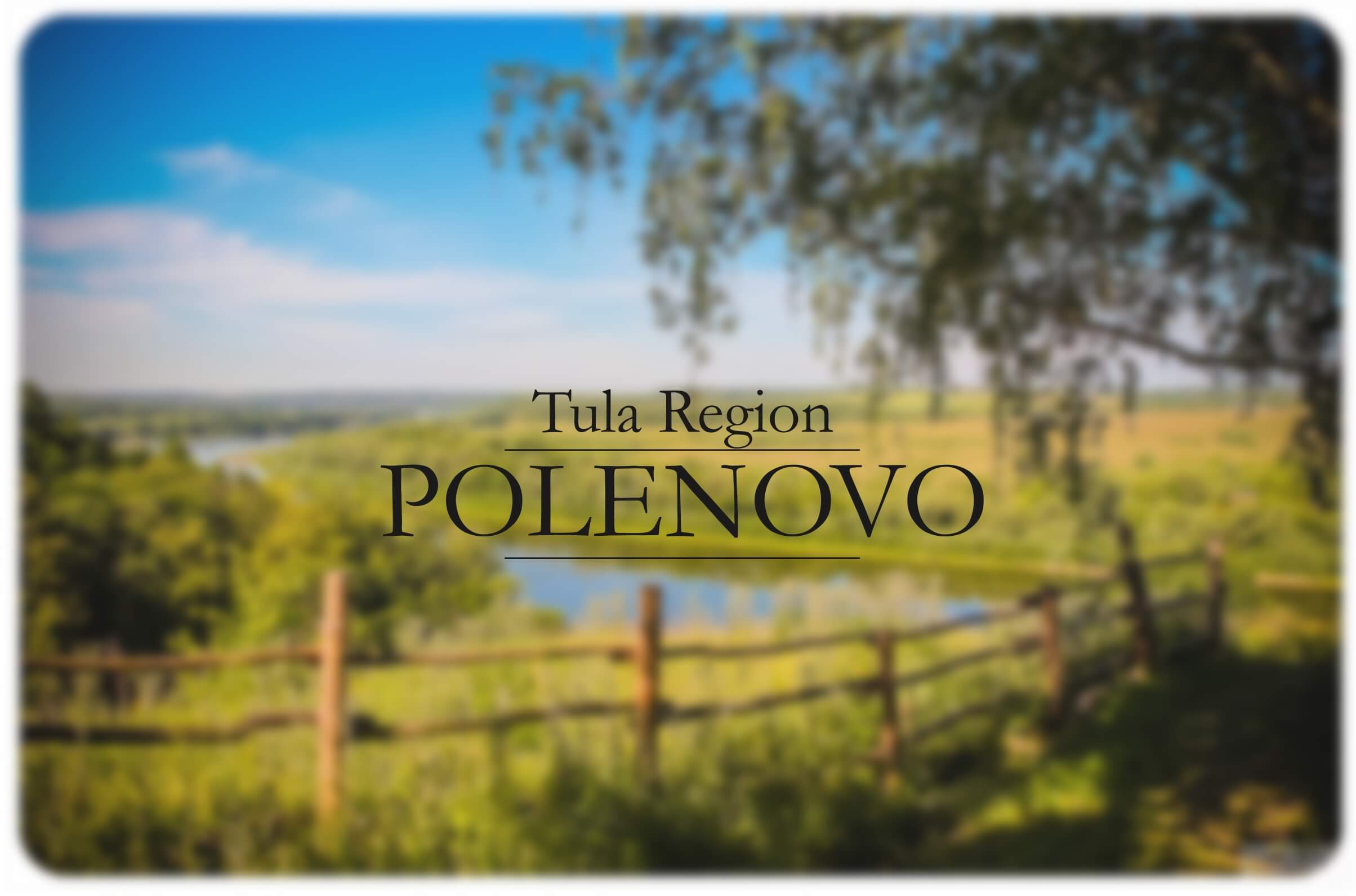
Main Sights
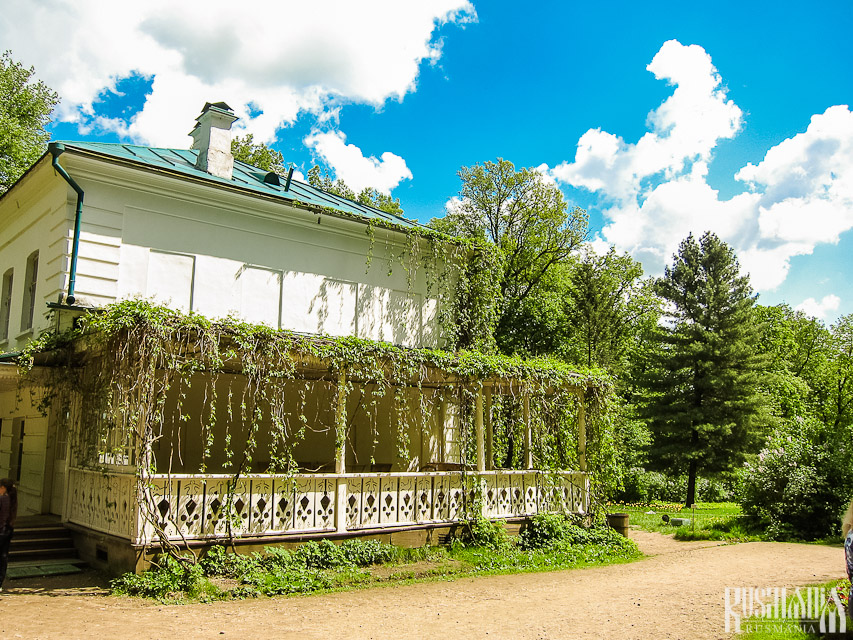
Of course the main sight here is the Yasnaya Polyana estate itself. Located within the estate are the house where Tolstoy lived plus the auxiliary buildings of the estate which now contain exhibits dedicated to the work of peasants in running the estate.

The natural surroundings of the estate are also a highlight and don't forget to visit Tolstoy's simple grave on the territory of the estate.

During the low season from November until April, it is possible to visit the main house by yourself and take an audio guide (Russian, English, French or German). However from April until November you can only join a Russian group excursion.
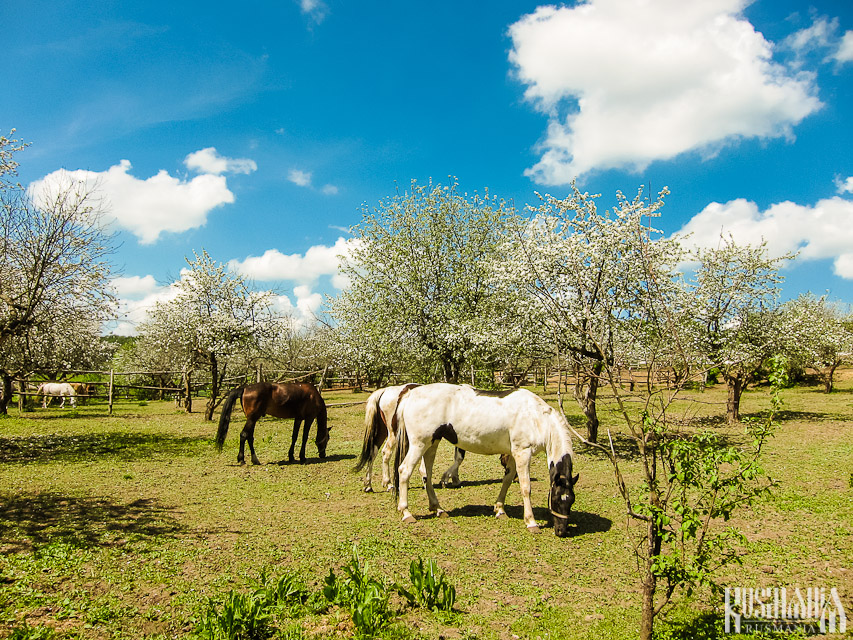
Excursions around Yasnaya Polyana are held about every hour - tickets are bought at the ticket office next to the main gates. Excursions start there as well.
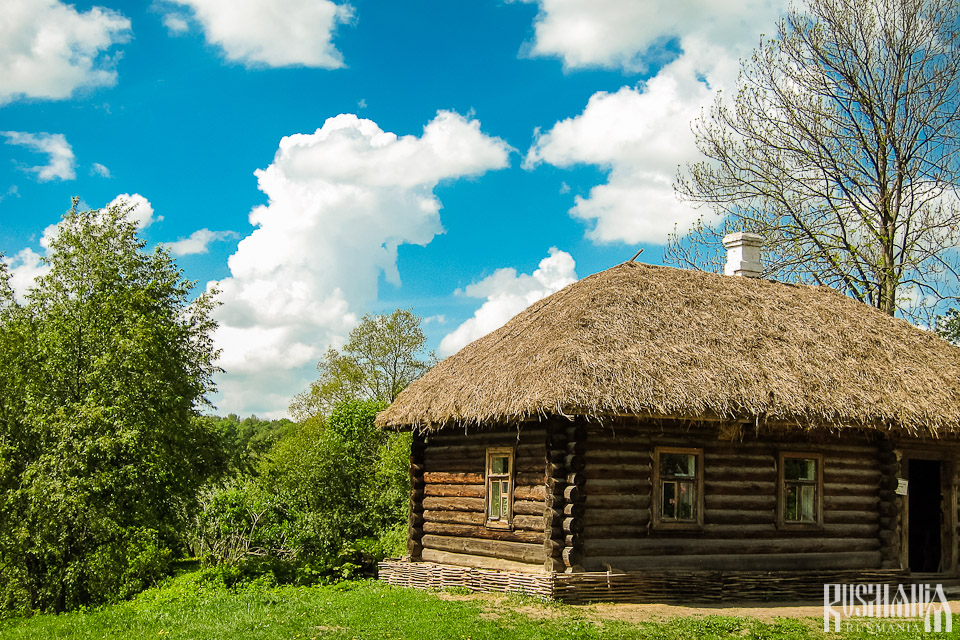
During the excursion, you will visit the central part of the estate, the Tolstoy House, and the exhibition in the Kuzminsky House.
Some exciting activities are offered by the museum including horse riding, carriage rides or sleigh rides, and tea drinking at the Coachmen's house with an interactive tour of a traditional Russian peasant's hut. In summer, excursions on bikes around places connected with Tolstoy are also organised. Activities should be booked in advance by email.
There is a little cafe called Prishpekt located just opposite the main gates where you can buy tea, pies and some hot dishes. Two kilometres from the Yasnaya Polyana estate, there is a restaurant and cafe and places where you can spend the night.
Visiting Tula
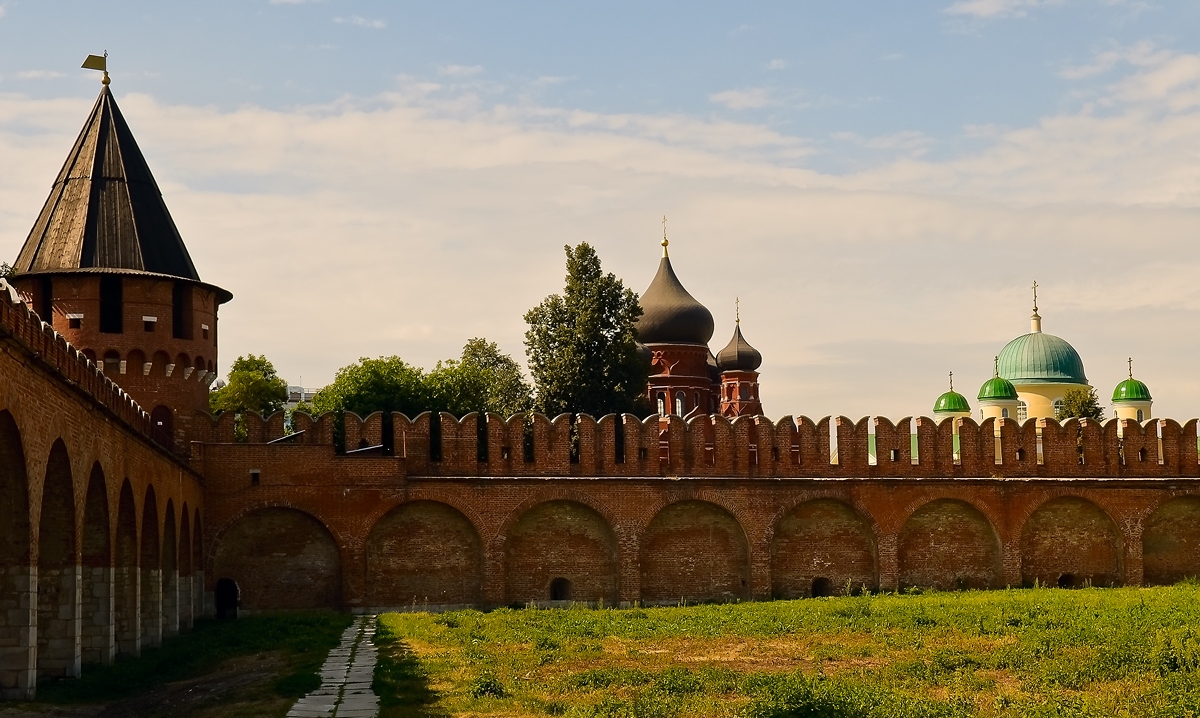
Three to five hours is enough to see all the sights and museums of the estate. So you should have time to go back to Tula and have a quick look around before heading back to Moscow. You could also make the trip into a weekend trip by spending the night and next day in Tula, which is worth a day-trip in itself as the city has a nice Kremlin and is associated in Russia with samovars, weapons and the Russian equivalent of gingerbread known as a 'pryanik'. To find out more about Tula visit our Tula pages.
Suggested Timetable
Here is our suggested timetable for making the most of a day-trip to Yasnaya Polyana. All train and bus times are approximate as the exact time may change.
There are a few souvenirs shops near the car park for the estate where you can buy standard Russian souvenirs such as Russian dolls and some local ones dedicated to the estate, Tolstoy and his work.

Plan your next trip to Russia
Ready-to-book tours.
Your holiday in Russia starts here. Choose and book your tour to Russia.
REQUEST A CUSTOMISED TRIP
Looking for something unique? Create the trip of your dreams with the help of our experts.

IMAGES
VIDEO
COMMENTS
Virtual Field Trip: Dinosaurs. Aoife Ryle June 19, 2020; 10:02 am; I've never really understood why the word 'dinosaur' is used to describe something unintelligent, slow, or out-of-date. Dinosaurs hosted an incredible range of adaptations including tremendous size, huge teeth and claws, defensive plates and spines, incredible speed and ...
Virtually step inside NHM's award-winning Dinosaur Hall and discover the Age of Dinosaurs from the comfort of your home. Learn how Museum scientists study our ancient past through a variety of fossils and get an up-close look at a one-of-a-kind T. rex growth series. You can also discover dinosaur and fossil activities that complement the ...
Dinosaur National Monument's rangers offer Virtual Field Trips to students during the winter season when in-person visitation is slow. NPS. During our Virtual Field Trip Season (winter only), we provide free distance learning experiences for classrooms around the world to learn more about the monument! Park Rangers bring your class on a journey to the late Jurassic to learn about fossils ...
Take a virtual field trip to Dinosaur Ridge to learn about the lives and deaths of dinosaurs and the evidence they left behind! Study the fossils and rock layers to observe patterns, imagine and wonder about prehistoric animals, and learn how the climate and environment has changed. ... Virtual program components are best delivered in short 15 ...
Narrated Tours. The Smithsonian National Museum of Natural History virtual tours allow visitors to take self-guided, room-by-room tours of select exhibits and areas within the museum from their desktop or mobile device. Visitors can also access select collections and research areas at our satellite support and research stations as well as past ...
Virtual Field Trips & Activities are offered in a variety of themes and two delivery styles and can be adapted for different age ranges and neurodiverse learners. ... Dinosaurs Interactive Lesson and Hands-on Activity Travel back in time to a world ruled by massive plant eaters and vicious carnivores. Discover fossils, learn about what a ...
Length: 50 - 60 minutes. NGSS-aligned. Fee: $75.00 general - $50.00 for Title 1 Schools. Join an Alf Museum educator for a trip through time as your classroom explores the virtual Alf Museum Hall of Life and Hall of Footprints! In this interactive experience, students will see some amazing fossil displays and discuss paleontological ...
Virtual Field Trips. Engage in narrated walk-throughs of our most popular exhibitions, featuring content that aligns with standards and explores the wonders of our natural world. ... Traveling through a 75-million-year timeline—from the age of dinosaurs to the Ice Age—experience an unfolding of the prehistory of Southern California and the ...
Antarctica's unique environment makes for exciting discoveries and incredible science opportunities. Join Dr. Summer Rupper to scratch the surface of some of the amazing science going on today and what we can learn from this fascinating continent. Return to all Virtual Field Trips. Antarctic Dinosaurs Virtual Field Trip videos.
Education. Students listen to rangers during a field trip. Dinosaurs, geology, rivers, and culture - Dinosaur National Monument is an exciting adventure for you and your students! We offer a variety of opportunities for students to explore our diverse geology and tour one of the most famous dinosaur quarry sites in the world.
Virtual Field Trips (online only using video conferencing software) Dinosaur State Park is offering live virtual programming for the 2022-2023 school year! Each of the virtual programs provides a dynamic and interactive format with staff at multiple locations throughout the Park! Students and educators have the opportunity to make observations ...
On this virtual field trip, immerse yourself in the experience of walking in the footsteps of dinosaurs on the 200 million year old trackway - an adventure not typically open to the public. Dinosaur State Park - Virtual Tour Series - Otozoum Activity 1 - The Mystery of the Otozoum. Have you ever seen an Otozoum track?
DINOSAURS ROCK® & Other Science Fun. 24th year! We Bring The Museum To You! Our mission is to provide an entertaining and authentic learning experience to children of all ages. Founded by husband and wife team, Neil Brown & Leslie Freund, DINOSAURS ROCK® clients include Scholastic, National Geographic Channel, Yale Peabody Museum of Natural ...
Interactive Multimedia. Whether you are exploring Mars, investigating the extinction of the dinosaurs or are curious about the origins of life on Earth, Infiniscope's virtual field trips bring the wonder of Earth and space science to you. Try the different field trips and interactive games to learn more about Earth and space.
Curious about what caused the extinction of the dinosaurs? Join a Museum paleontologist to learn more about the massive extinction event that took place 66 million years ago at the end of the cretaceous period. ... Return to all Virtual Field Trips. Visit Us. Open daily 10 A.M.-5 P.M. (9 P.M. on Wednesdays) 301 Wakara Way Salt Lake City, UT ...
Field Trips. Educators, want to bring dinosaurs into your classrooms? Check out our virtual field trip, Dinosaurs of Antarctica! Did you know dinosaurs lived in Antarctica? How do scientists study fossils in such an extreme environment? Work as a team to solve the challenges a paleontologist faces while excavating fossils in Antarctica ...
Virtual Field Trip #3: Dinosaurs: Where They Lived, and How They Died The Green River in Dinosaur National Monument Photos by R. Alley or as indicated. The river-channel and floodplain deposits of the Jurassic (mid-Mesozoic, about 150 million years old) Morrison Formation of Dinosaur National Monument, Colorado and Utah, were tipped up after ...
Explore the World with Virtual Field Trips. Designed for ages 9-15 but customizable for all ages, virtual field trips allow students to travel the world and explore natural environments without leaving the classroom. Each virtual field trip contains a video, teacher guide and student activities.
Virtual Field Trips. Students can explore immersive virtual landscapes, from the age of dinosaurs to the red rocks of Mars. Cut your own path through these environments to learn about civilizations, geology and creatures past and present. Start exploring.
Learnbasic archaeological field methods! BLS 100 Introduction to Black Studies ... and post -Columbian natural history. Stress on ecological problems and solutions. Required field trip to Costa Rica during spring break. • Spend spring break in Costa Rica • Learn about Costa Rican political, ecological, developmental and cultural ...
We used Dan Petrov on 2 different trips to Moscow and found him to be wonderfully friendly and witty not to mention super knowledgeable. Posted by David in Brisbane. Brisbane, Australia. 04/02/18 05:02 AM. 7175 posts. Latest advice, Australian Governmemt, 1 April 2018.
4th Grade Field Trip to the Chamber of Commerce 4th Grade students visiting the Moscow Chamber of Commerce! They're checking out their own art work as well as others. Published February 26, 2019 Print. Moscow Charter School. Contact (208) 883-3195 (208) 892 ...
GAUMONT BRITISH NEWSREEL (REUTERS)To license this film, visit https://www.britishpathe.com/video/VLVABPRAI6Z6PLG9DDECFSL04EPRU-RUSSIAN-FEDERATION-DEFENCE-FIE...
Distances. 200km south of Moscow and 15km from Tula. Total time on train. 4½ to 7 hours depending on train (Moscow - Tula return) Total time on bus. 1 hour (Tula - Yasnaya Polyana return) Accessibility for foreigners rating. 3/5 - established tourist route, but maybe some difficulties in finding the correct bus and stop.